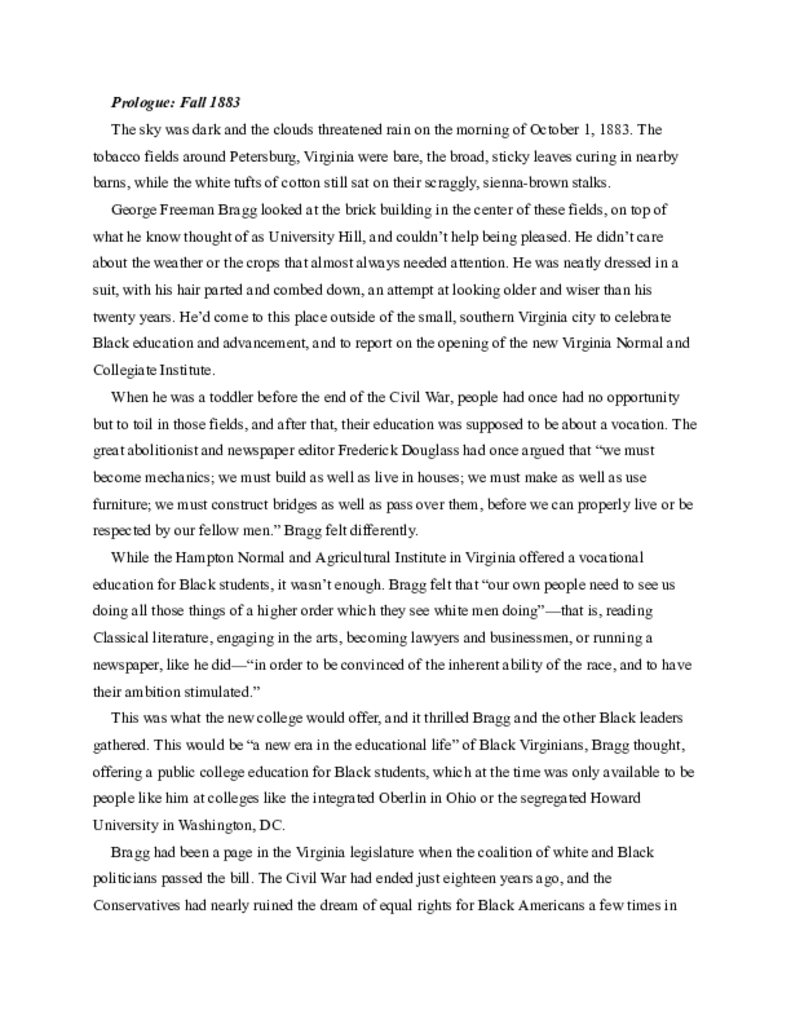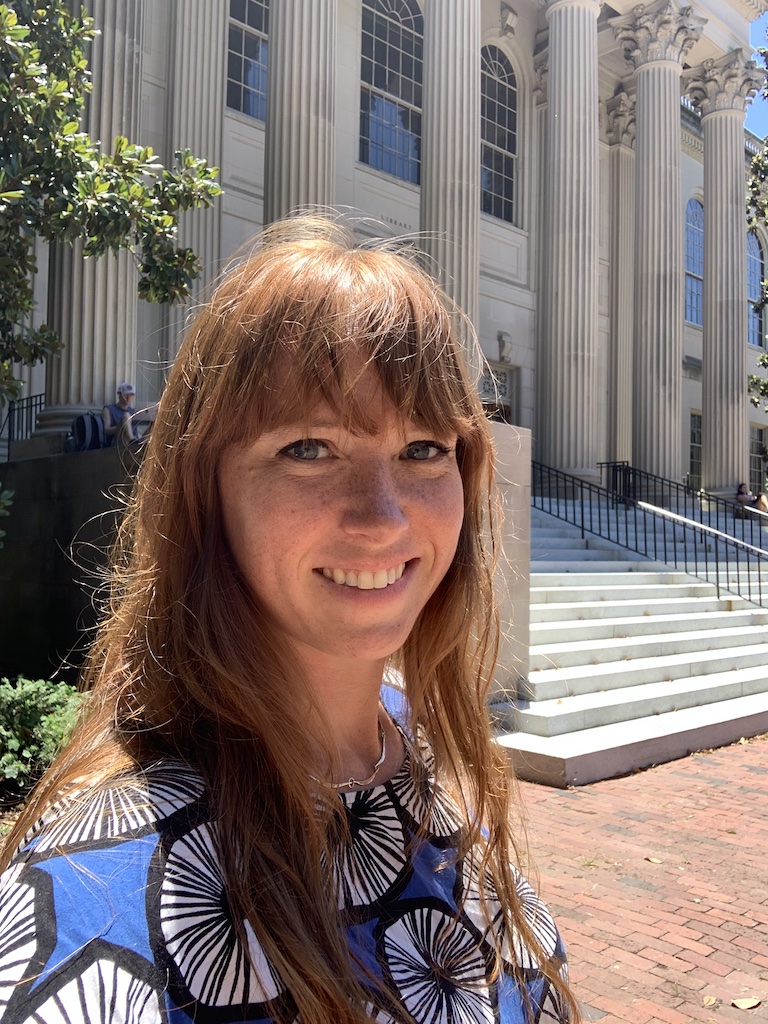Work samples
-
A Most Perilous World (Excerpt)
What does it mean to be part of a resistance movement? What do you have to give up to be a radical? What does it mean to grow up in a world where your values are fundamentally different than everyone around you? How long must you wait for the arc to break towards justice? This is an excerpt from my next nonfiction book, A Most Perilous World: The True Story of the Young Abolitionists and Their Crusade Against Slavery.
Available for PurchaseA Most Perilous World is available for pre-order! It comes out in June 2025.
-
Well of Souls: Uncovering the Banjo's Hidden History (Excerpt)
In an extraordinary story unfolding across two hundred years, I uncover the banjo’s key role in Black spirituality, ritual, and rebellion. Through meticulous research in diaries, letters, archives, and art, I trace the banjo’s beginnings from the seventeenth century, when enslaved people of African descent created it from gourds or calabashes and wood. I show how the enslaved carried this unique instrument as they were transported and sold by slaveowners throughout the Americas, to Suriname, the Caribbean, and the colonies that became U.S. states, including Louisiana, South Carolina, Maryland, and New York.
Available for PurchaseThe book is available for purchase from all major book retailers. More information can be found here.
-
Intersectional Landscapes
"Intersectional Landscapes" is an essay that explores history, architecture, and erasure through two homes. I wrote the essay while at the Woodlawn and Pope-Leighey Houses in northern Virginia as part of the Inner Loop Literary's writer-in-residence program. This allowed me to explore these places unencumbered, but also gave me the time to think about why we preserve certain spaces and what stories we tell about those spaces, for better or worse.
The essay appears in A Harp in the Stars: An Anthology of Lyric Essays, edited by Randon Billings Noble and published in 2021 by the University of Nebraska Press.
-
These Forgotten Essays Reveal the Secrets and Dreams of Jewish Teens As Hitler Drew Near (Excerpt)
I love researching and writing about history that is just out of our peripheral vision, existing in archives but often neglected. This is why I so enjoyed writing a long form piece exploring autobiographies written by Jewish young adults in Poland in the 1930s. The full piece is available on Narratively here.
About Kristina

Kristina R. Gaddy is an award-winning writer who believes in the power of narrative nonfiction to bring stories from the past to life in order to inform the world we live in today. She is the author of three books of nonfiction, and is at work on two more.
Her new book A Most Perilous World: The True Story of the Young Abolitionists and Their Crusade Against Slavery (Dutton 2025) follows the four young adult children of prominent abolitionists (… more
A Most Perilous World: The True Story of the Young Abolitionists and their Crusade Against Slavery
My next book is A Most Perilous World: The True Story of the Young Abolitionists and their Crusade Against Slavery, and will be published by Dutton Young Readers in June 2025. The book tells the story of the latest period of the abolition movement through the eyes of the four young adult children of prominent abolitionists. Set before and during the Civil War, I aim to tell a surprisingly contemporary braided coming-of-age narrative exploring questions like: what does it mean to be part of a resistance movement? what is my role in that resistance; and is the movement radical enough?
Lucy McKim, Charlotte Forten, Lewis Douglass, and George Garrison are my main characters, and were strongly committed to the anti-slavery cause. Their parents and relatives--Frederick Douglass, William Lloyd Garrison, Lucretia Mott, Robert Forten, and James Miller McKim--were some of the most active anti-slavery crusaders in the years leading up to the Civil War. So just as important as being a part of the cause, they felt just they needed to make their own names, away from the often over-protective or disapproving shadows of the famous adults in their lives.
Their parents’ radical ideas meant that these young people had radical upbringings. Boys and girls studied in the same classrooms and schools were not segregated by race. They learned it was perfectly fine to harshly criticize the government. These young people were as committed to the anti-slavery cause as their parents, and joined the army, promoted Black culture, and fought for what they believed in.
While researching my book Well of Souls: Uncovering the Banjo’s Hidden History, I came across the story of Lucy McKim, and how at 19 she joined her father in South Carolina during the Civil War. Her father helped John Brown’s widow retrieve his body from Harper’s Ferry and yet when Lucy actually saw slavery (not just self-emancipated people coming to their home as they made their way north), she wrote to her mother, “How lukewarm we have been.” That gives me chills--militant abolition was too lukewarm. She believed in the abolition of slavery, and the promotion of Black culture, and she went on to co-edit Slave Songs of the United States, the first book of Black music in U.S. history.
I love the idea that she, her friends, and other children of activists held unpopular ideas (like abolition and equal rights), and weren’t afraid to stand up for those ideas. Frederick Douglass’s sons Lewis and Fred Jr. helped their father’s abolitionist cause in so many ways, yet have never been thoroughly researched or written about. Given the Black Lives Matter protests and the ridiculous attacks on history through the banning of “Critical Race Theory,” I don’t think there’s a better time for this book.
As with Well of Souls and Flowers in the Gutter, I want to fully immerse my readers in the lives and viewpoints of these characters, and have spent countless hours reading 19th century letters and diaries from Lucy, Charlotte, Lewis, George, and their friends and family to bring their world to life in a way that readers today will connect with.
Advance Praise
“Impeccable research and incredible details bring the stories of these four young people (two white and two Black) to life as they come of age in the years leading up to and during the Civil War. The inclusion of surprisingly relevant primary source materials will draw readers in, allowing them to connect the dots from this nation’s dark past to today and furthermore to arm themselves with information to work toward a brighter future.” —Kip Wilson, award-winning author of White Rose
-
Excerpt from A Most Perilous World
This excerpt from A Most Perilous World comes from the first section, where I introduce Lewis Douglass and his family living in Rochester, New York; and George Garrison and Charlotte Forten has they see first-hand the impact of the Fugitive Slave Law of 1850, and even then begin to realize that what their abolitionist friends and family are doing may not be enough. (Please note: this is from the uncorrected proofs of the book.)
Available for PurchaseThe book is now available for preorder! Click here to find out more.
-
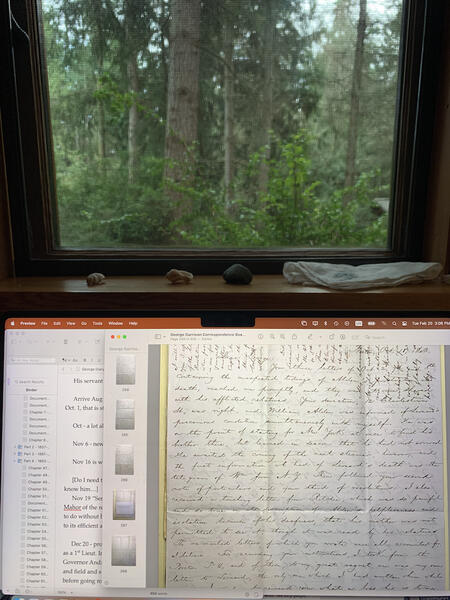 At Hedgebrook
At HedgebrookIn February 2024, I was incredibly lucky to receive a residency at Hedgebrook on Whidbey Island in Washington State to work on A Most Perilous World. Hedgebrook's self-stated mission is to "support visionary women-identified writers whose stories and ideas shape our culture now and for generations to come." Here, I focused on finishing my first draft of the book, which involved reading lots and lots of handwritten letters and diaries that I had only had enough time to take scans of while at the various archives I visited. I couldn't have completed this book without that support, and in my acknowledgements, I write, "This book wouldn’t be possible without support from arts organizations. The Maryland State Arts Council gave me a project grant to develop the book proposal in the fall of 2022; I had an incredible residency at The Mastheads, where this book started taking shape in the summer of 2023; and I (mostly) finished the book at a residency at Hedgebrook in February 2024. We need the arts, we need arts organizations, and we need funding for the arts both through the government on the state and local level and funding for amazing private arts organizations."
-
 At the Mastheads
At the MastheadsIn the summer of 2023, I was awarded a residency at The Mastheads in western Massachusetts to work on A Most Perilous World. The studios were at the home of Herman Melville outside Pittsfield. Melville wasn't famous yet, but his friend Nathaniel Hawthorne was loved by one of my characters, Charlotte Forten, despite Hawthorne's unpleasant views on race. While there, I wrote an essay exploring what Forten might have thought about this place and residency.
-
Homes of American Authors
This is the essay that I wrote for The Mastheads while in residence at Herman Melville's Pittsfield, Massachusetts home. I was fascinated by Charlotte Forten's convictions to being anti-racist, while at the same time dealing with the white supremacist culture that invaded her everyday life.
-
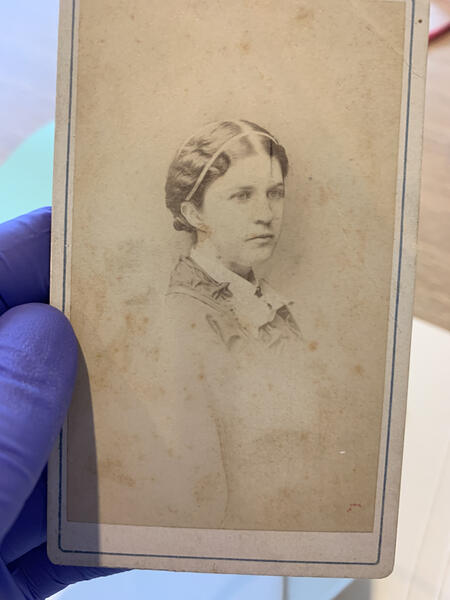 Lucy McKim Portrait at the Archive
Lucy McKim Portrait at the ArchiveWhile in western Massachusetts, I had the opportunity to do research at the Smith College Archives, which hold many of the Garrison Family Papers, including Lucy McKim's correspondence. This is a photo of Lucy McKim around the time that she went to the Eagleswood School in New Jersey--a radical place for the time where boys and girls, white students and Black students were educated together under the direction of the well-known abolitionists Theodore Weld, Angelina Weld Grimke, and Sarah Grimke.
-
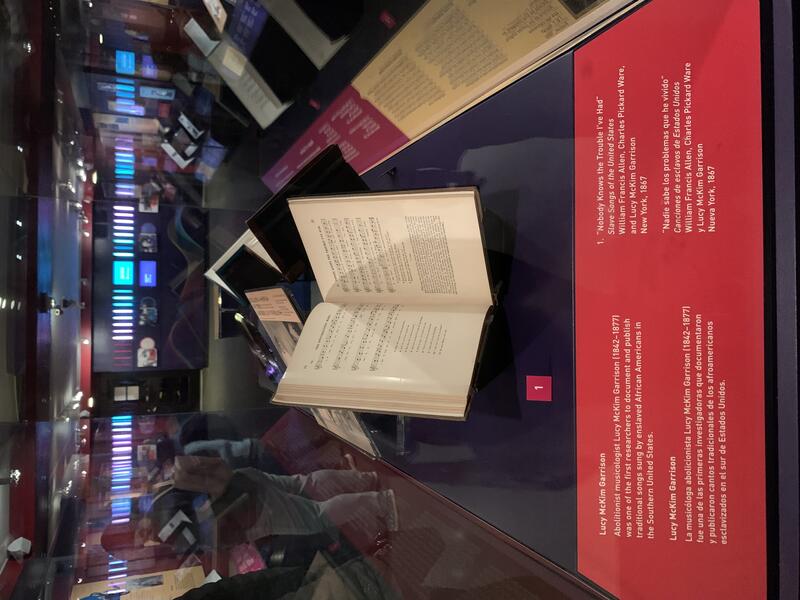 Lucy McKim's Book
Lucy McKim's BookI was thrilled and delighted to see a copy of the book that Lucy McKim spearheaded on display at the Smithsonian Museum of American History in an exhibit on Women in Music. It was a fascination with Lucy's unusual upbringing that brought me to the idea of writing about the Young Abolitionists. Being from Maryland and living in Baltimore, I had long wanted to write something about Frederick Douglass, and writing about his son Lewis and the abolitionist movement through that generation's eyes really opened mine.
-
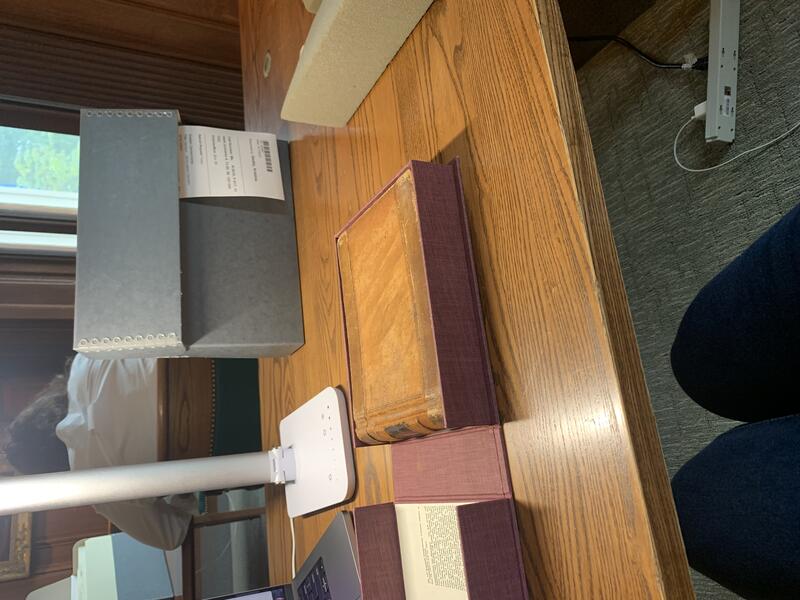 Primary Source Documents
Primary Source DocumentsIn late summer 2023, I traveled to Boston to visit the Massachusetts Historical Society, which holds letters and diaries of George Garrison, and the Harvard library, which also has Garrison Family Papers. I took time to walk around Boston, which has changed a lot since the 1850s and 60s, but I still wanted to get a feel for the landscape of the city that was so important to the abolition movement. My belief in narrative nonfiction also stems from my belief in facts and truth, and so I spend a great deal of time researching primary sources in libraries and archives, and supplementing that with secondary sources (often found at the Pratt Library in Baltimore).
Go Back And Fetch It: Recovering Early Black Music in the Americas for Fiddle and Banjo
Go Back and Fetch It presents the roots of African American music made accessible and playable for the first time in one place.
For musicians who play folk and traditional music, they often talk about the moment. For people born in the late 1940s and 1950s, it’s when they bought Pete Seeger’s “How to Play the 5-String Banjo” or when they got their hands on the three-album “Anthology of American Folk Music” put together by Harry Smith or when they picked up the New Lost City Ramblers Old Time String Band Songbook. This moment, this thing, opened up a whole new world for them, and they became entranced by early country, string band, old time, and folk music. They learned those tunes and more, and learned the history of the music, the stories behind the music. They embraced American music, or what they thought American music to be.
For people born since the 1990s, especially Black musicians, seeing the Carolina Chocolate Drops was their moment. “They’re telling history, they are talking about this,” Hannah Mayree, founder of the Black Banjo Reclamation Project, remembered thinking when they first heard the band. “Once I heard about them, I was like ‘It [the banjo] is a Black instrument.’” It made them want to explore this music more deeply.
In early 2023, Grammy and Pulitzer winner and MacArthur Fellow Rhiannon Giddens (who also wrote the forward to Well of Souls) reached out to me about collaborating on a book that would put early Black Atlantic music in the hands of professionals and amateurs, so that they don’t have to be highly musically literate or scholars in order to play and learn about this music. The ultimate idea and goal is exactly what I try to do with my writing: uncover that which is hidden and lost to transform the way we think about society and culture today. She wanted the music to get back into the common repertoire, and we want the songs and the stories in this book to be what makes them have the realization that makes readers want to go deeper.
We have taken lesser-known and hard-to-access archival records and put them into treble-clef notation and banjo tablature, allowing today’s musicians to bring sounds once heard across the Americas to life. The twenty examples of Black music, created between 1687 and 1867, span from the Caribbean to North America. The patterns of tunings, melodic lines, and lyrics shed light on the impact that Black American music has had on Blackface Minstrelsy, early country, old time, and bluegrass music. They also explore the history behind each transcription so that readers can learn essential information about the history of Black American music.
Go Back And Fetch It: Recovering Early Black Music in the Americas for Fiddle and Banjo will be published by UNC Press in the fall of 2025.
-
Understanding This Music - Excerpt
The opening to Go Back and Fetch It explores why we felt it important to share this music--which when recorded, often still lives in inaccessible archives across the world. After the opening, Rhiannon writes an introduction to the music, and then I've written a historical introduction for each piece of music, which Rhiannon has then provided a treble-clef transcription for as well as banjo tabulature, in an attempt to make it as accessible as possible for musicians today.
-
 Roots Revival
Roots RevivalIn 2024, I planned "Roots Revival: A Black Stringband Symposium" together with my friend and creative partner Lillian Werbin, who is also the owner of Elderly Instruments. We were approached by the International Bluegrass Music Association to put together six panels that highlighted Black musicians and their contributions to bluegrass, old time, country, and folk music. We were able to invite sixteen Black musicians and musician/scholars to share their stories and research. We had an absolutely fantastic time, and this community of young, Black roots musicians (current and future) is exactly who Go Back and Fetch It is for, and I was so pleased to bring everyone together for a really momentous occasion, almost 20 years after the first Black Banjo Gathering in Boone, North Carolina spurred the creation of the Carolina Chocolate Drops and the current Black Banjo Renaissance.
-
 Black Dance
Black DanceAs always, my writing involves a trip to the library. For Go Back and Fetch It, it was the Library of Congress's Performing Arts Library, which holds many unique, hand-written books of music from early America. This is a transcription of "Black Dance," which was also recorded by a Swedish doctor on the Caribbean island of St. Bartholomew in the 1700s. The discovery of this connection reiterated to me that the writing of this book would encourage a new exchange of information that could fundamentally transform our understanding of American music. I also believe that this book will allow readers to uncover new connections that perhaps Rhiannon and I are not able to see. I believe in sharing the research that I do precisely so that readers can become inspired, often in their own artistic ways.
-
With Rhiannon Giddens on her Wondrium Series
In 2021, Rhiannon Giddens invited me to be part of her Wondrium (formerly The Great Courses) series on the history of the banjo. In this brief clip from the episode, we talk about the spiritual roots of the instrument.
-
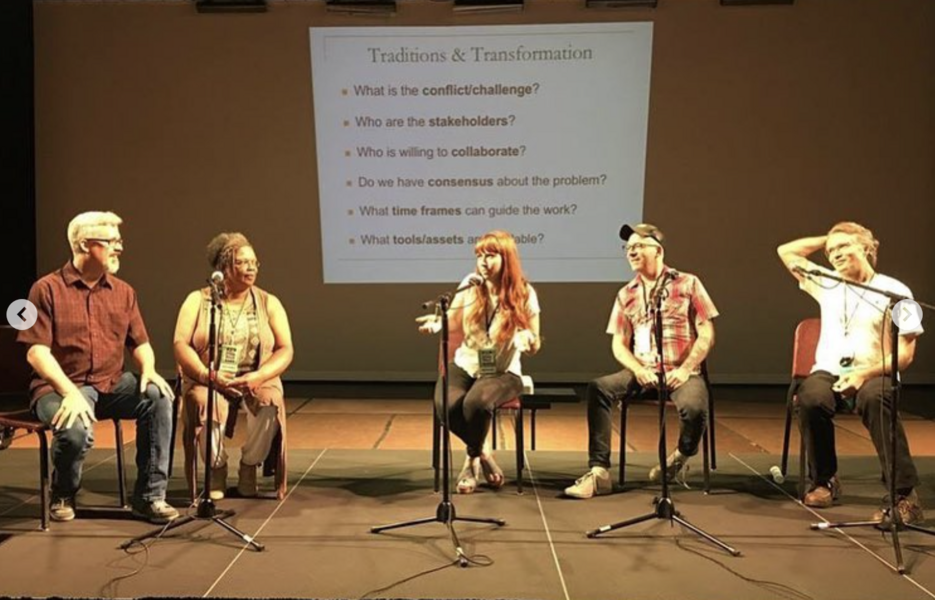 At the North Carolina Folk Festival
At the North Carolina Folk FestivalIn 2018, Rhiannon Giddens invited Pete Ross and I to present at a banjo symposium as part of the North Carolina Folk Festival in Greensboro. We discussed my research, but also how those traditions have transformed over time. This was the beginning of our friendship that has led to this book. We're particularly excited about the public nature of this book; to get songs back into the hands of musicians so that they can be played and interpreted again.
Well of Souls: Uncovering the Banjo's Hidden History
After a chance encounter with an early 19th century diorama at the Rijksmuseum in Amsterdam and an obsession to learn about the banjo’s earliest history, I felt compelled to write Well of Souls. After all my research, I learned that the early banjo played an integral role in religious rituals practiced widely by enslaved men and women of African descent--a connection scholars and authors had never made before. The banjo was not a folk instrument but a spiritual device: a well of souls. And so, what unfolded in front of me was an aspect of African American lives that has been hidden. When I sat down to actually write the book, I also wanted to make it compelling for audiences. I didn’t just want to lay out a history, I wanted to tell a story. No books about the banjo had taken a creative nonfiction approach centered on character and narrative.
I also realized that it doesn’t mean this history didn’t exist, it means it must be remembered, rebuilt, and reevaluated. This is why the banjo’s earliest history--its lost African American history--must be taken seriously. When we see how the banjo was a part of African diasporic music throughout the Americas, we begin to understand that all music of the Americas has part of the banjo within it.
Well of Souls brings us an unknown side of our American cultural history, where the legacy of slavery, music, and religion collide. This story as a whole makes the landscape of the Americas around 1800 come alive with colors, lyrics, music, and dance. By exploring the lost history of the banjo, this book brings new meaning to American cultural history, places the lives of African Americans and their contributions to American culture at the center of the story, and highlights how spiritual practices like Vodou, Voodoo, and Winti remain alive in American popular culture.
“Nowhere is [the banjo] talked about as a ceremonial instrument, a spiritual instrument—until Kristina's painstaking years-long work to document this unbelievably important aspect… It was incredible. It was unexpected. It was so needed—especially now, in these contentious times--connections to the past that are joyous and beautiful and deep should be treasured. Such as this book."
—Rhiannon Giddens, MacArthur Fellow and Grammy Award-winning musician
Published in 2022 by W.W. Norton, Well of Souls was named one of the best books of the year by The New Yorker and No Depression, and received wonderful praise:
“Superb…Gaddy’s lively storytelling re-creates scenes from 17th-century Jamaica to 19th-century Washington, D.C., and beyond, illustrating not only the birth and development of the banjo but also its co-optation by white people.” -- Henry L. Carrigan Jr. , Bookpage
“A potent combination of research and storytelling…What emerges is an extraordinary narrative of African Americans' resistance to brutalisation and the myriad attempts to destroy, pervert, exoticise or appropriate their cultural practices.” - Steph Power , BBC Music
“Beguiling.… Ms. Gaddy successfully blends archival skills with imagination.” -- Economist
“So vividly does [Kristina R. Gaddy] write, and so enthusiastically does she convey her meaning, that many of the songs play unbidden in your mind, through the rhythm of her sentences, the lyric of her vocabulary. As much as Well Of Souls is a gripping, fascinating, story, it is also a beautifully written one…a novel in documentary’s clothing.” -- Dave Thompson, Goldmine
“Tracing the development of the banjo…this meticulous history also illuminates the difficulties of unearthing a story rooted in the experiences of the enslaved.” -- New Yorker
-
 Well Of Souls Cover
Well Of Souls CoverThe cover of Well of Souls features the Haitian Banza, as it is dubbed. Made by a person of African descent in Haiti, the instrument has a gourd body, a head made of skin, and a neck made of wood. It may not look like a modern banjo, but it has all of the elements that make a banjo, a banjo.
Since the publication of my book, the Musee de la Musique in France, which owns the Banza, has increased their interest in the instrument, and even did carbon-date testing in 2024. They discovered that (as I supposed in the book), the instrument dates to before the Haitian Revolution.
Available for Purchasehttps://wwnorton.com/books/9780393866803/about-the-book/description
-
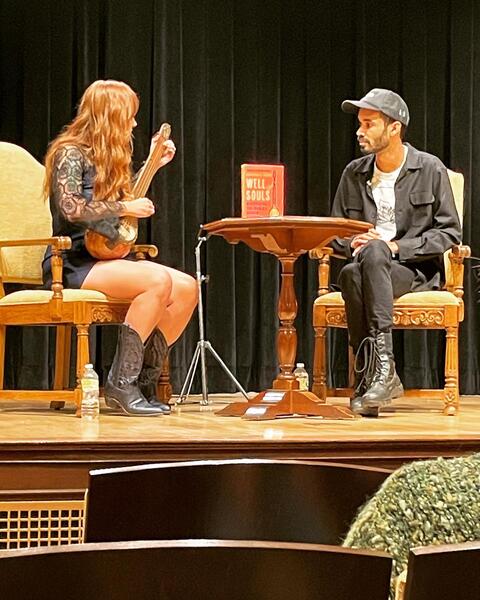 Jake Blount and I at the Pratt
Jake Blount and I at the PrattOne of the most exciting parts of publishing Well of Souls is sharing this important history with readers. In October 2022, I was invited to the Pratt Library Central Branch to be in conversation with musician and scholar Jake Blount about my book. My book tour has taken me beyond Maryland to Virginia, North Carolina, West Virginia, Kentucky, New York, and Rhode Island.
-
Pratt Library Book Launch
In October 2022, I was invited to the Enoch Pratt Free Library's Writers Live! series to discuss my book with musician and scholar Jake Blount. Charlottesville musician Seth Swingle and Baltimore musician Brad Kolodner started us off with some music.
-
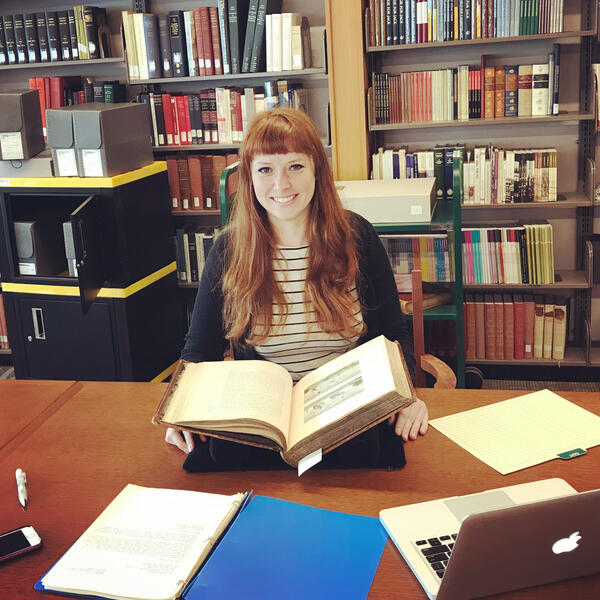 At the James Ford Bell Library
At the James Ford Bell LibraryMy writing relies heavily on primary source materials to create a narrative that immerses the reader in the world of my characters with cultural and social history that connects the past and present. In early 2019, I was able to do research at the James Ford Bell Library at the University of Minnesota thanks to a research fellowship. Much of my work is not possible without these hard-to-come-by opportunities. At the library, I was able to spend time with the papers of John Gabriel Stedman, who collected what is now the world's oldest banjo, and many antiquarian books related to early Atlantic music.
-
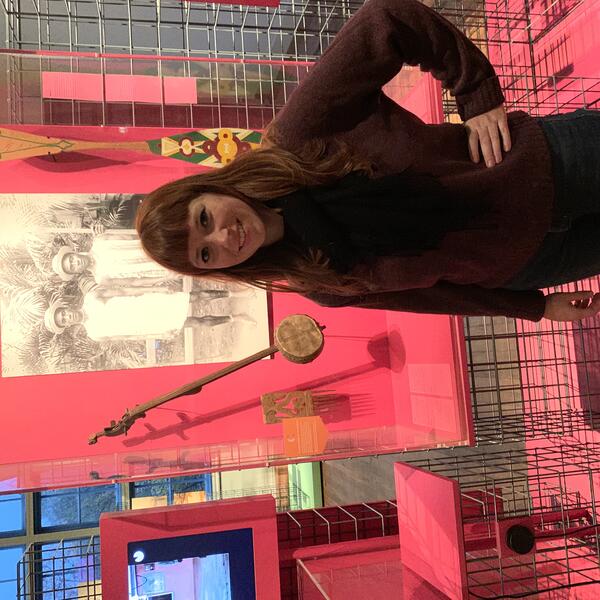 With the Creole Bania
With the Creole BaniaIn 2019, I was also able to visit Amsterdam to view the Creole Bania banjo as part of the "Afterlives of Slavery" exhibit at the Tropenmuseum and the dioramas of Gerrit Schouten that started my writing of Well of Souls. In Amsterdam, I was also able to connect with two Afro-Surinamese musicians who are trying to revive the music the banjo was once central to, much like US musicians including Jake Blount and Rhiannon Giddens are trying to do here. While my writing is heavily informed by research, I write in a narrative style that centers readers in place and the emotions of characters, while still keeping a grounding that explores larger themes of what our society is experiencing today.
-
 At the Backstreet Cultural Museum
At the Backstreet Cultural MuseumAs part of the Rubys Artist Award, I was also able to travel to New Orleans, where Black music and the banjo has played a central role in shaping the sound of the city. I was able to meeting Sylvester Francis, who founded the Backstreet Cultural Museum to preserve traditions in the city and view the Mardi Gras Indians parading on St. Joseph's Night. Part of what I want to do with this book and research is connect people and places across the Americas to find commonalities between out shared culture.
-
On Jack Dappa Blues
I was invited on the Jack Dappa Blues Radio program to talk more about Well of Souls and the role the early banjo played in Black music, spirituality, religion, and resistance.
-
Goldmine Review for Well of Souls
One of my favorite reviews for Well of Souls comes from Goldmine, a record collecting magazine. Not only did Dave Thompson really understand what I was trying to do with the content of the book, he is so complimentary of my writing (which was also so important to me in the process of writing the book): "so vividly does she write, and so enthusiastically does she convey her meaning, that many of the songs play unbidden in your mind, through the rhythm of her sentences, the lyric of her vocabulary. As much as Well Of Souls is a gripping, fascinating, story, it is also a beautifully written one… a novel in documentary’s clothing."
-
 Rubys Award
Rubys AwardIn 2018, I received the Rubys Artist Award from the Robert W. Deutsch Foundation to support the research and writing of Well of Souls. I was thrilled for the recognition and funding that supported the book.
Flowers in the Gutter: The True Story of the Edelweiss Pirates, Teenagers Who Resisted the Nazis
In Cologne and the surrounding Rhine Valley of Germany, groups of working-class kids got together to fight the Nazis during the Third Reich. They called themselves the Edelweiss Pirates and moved from passive resistance by not participating in the system to active resistance by distributing anti-Nazi fliers, beating up Hitler Youth (yes, they were the original Nazi-punchers), painting graffiti on Nazi buildings, shooting a Gestapo officer, and even plotting to blow up the Gestapo headquarters in Cologne.
Their status as a resistance group was not recognized until 2005, and because they were seen as anti-authoritarian wild kids—just punks rather than student protesters like other, more famous resistance groups — they've mostly been left out of the narrative of Nazi resistance groups in Germany. But their story is nonetheless compelling and unique: rebel kids —boys and girls — who loved music and dressing differently but who also did what is was right in the eyes of history. It has a beautiful arc: their actions follow the rise and increasing horrors of the Nazis and give an overview of the Third Reich and World War II. And it's tragic: just months before the end of the war, the Nazis wanted to show Germans and the world that they still had control, and so they hanged some of the kids from ad-hoc gallows in the street.
The story remains incredibly timely, especially for young readers growing up in world of populist politics, violent partisanship, and increasingly naked racism. This book provides much needed historical context for young people who want to resist.
Flowers in the Gutter is the first time the Edelweiss Pirates story has been told in English, and the excerpt comes from the first chapters of the book.
Praise for Flowers in the Gutter (Dutton YR 2020):
"An eye-opening account of tenacity that brings the efforts of young anti-Nazi activists vividly to life.“—Kirkus Reviews, starred review.
”[C]arefully and expertly researched. […] Readers will enjoy learning about these resistance groups in this truly new and unique addition to the YA World War II literary canon. A must-read.”—School Library Journal, starred review.
“The stories of these brave children need to be more well-known and further underscore just how much children and young adults have always led the way in political activism and resistance against evils. A deeply affecting book.”—Teen Librarian Toolbox
“[A] beacon of inspiration to today’s youth.”—Nerd Daily
“Supplemented by pictures and documents, Gaddy’s thorough research shines a light on a heroic group of Germans that often goes unmentioned.”—Booklist
A School Library Journal Best Book of the Year
-
Excerpt from Flowers in the Gutter
This is an excerpt from Flowers in the Gutter from the advance review copy. I wanted to immediately give readers the stakes of the story, and so started in media res, with Gertrud dropping leaflets at the main train station in Cologne with her friends. Then, we learn how she came to commit this daring act.
-
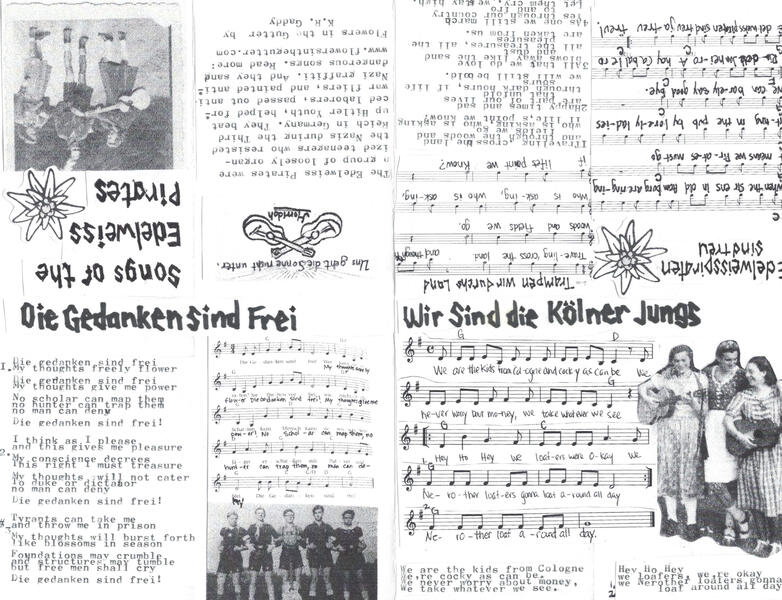 Songs of the Edelweiss Pirates Zine
Songs of the Edelweiss Pirates ZineAlthough much of my book tour for Flowers in the Gutter was cancelled due to COVID-19 lockdowns, I made this zine of Songs of the Edelweiss Pirates for people to download and print themselves and to give out for free at events. Being a musician, one of the things that appealed to me about the Pirates was how they used music as resistance. I thought that some of their songs should live on as protest music today, so I translated and notated them. I also thought the copy-paste/ black-and-white aesthetics of the zine fit with the proto-punk ethos of the Pirates.
-
Flowers in the Gutter at the Gaithersburg Book Festival
While almost all of my events for Flowers in the Gutter were cancelled due to the COVID-19 pandemic, I was able to do remote events, including this bonus video for the Gaithersburg, Maryland Book Festival. I give a brief overview of the Edelweiss Pirates and share some images from the book.
-
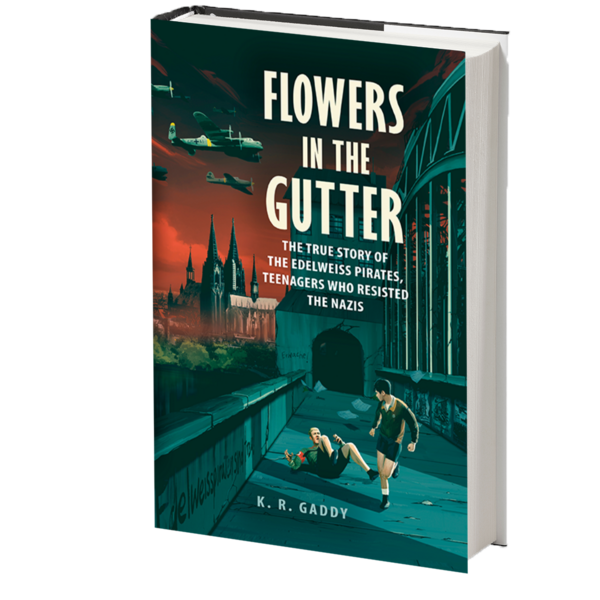 Flowers in the Gutter
Flowers in the GutterThe cover of Flowers in the Gutter, which features an illustration of an Edelweiss Pirate running away after punching a Nazis. They're on the bridge in Cologne, with the famous Kolner Dom Cathedral in the background and bombers flying overhead.
Available for Purchasehttps://www.penguinrandomhouse.com/books/575238/flowers-in-the-gutter-by-k-r-gaddy/
-
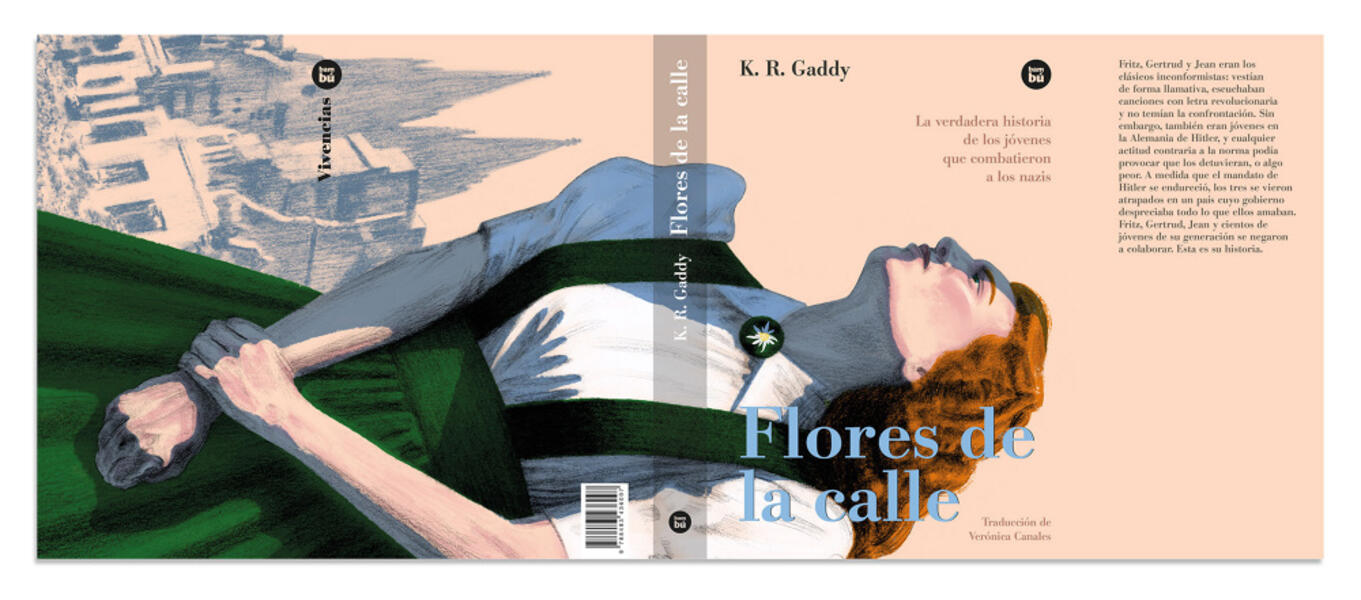 Flores de la Calle
Flores de la CalleThe Spanish cover of Flowers in the Gutter, done by artist Diego Mallo.
-
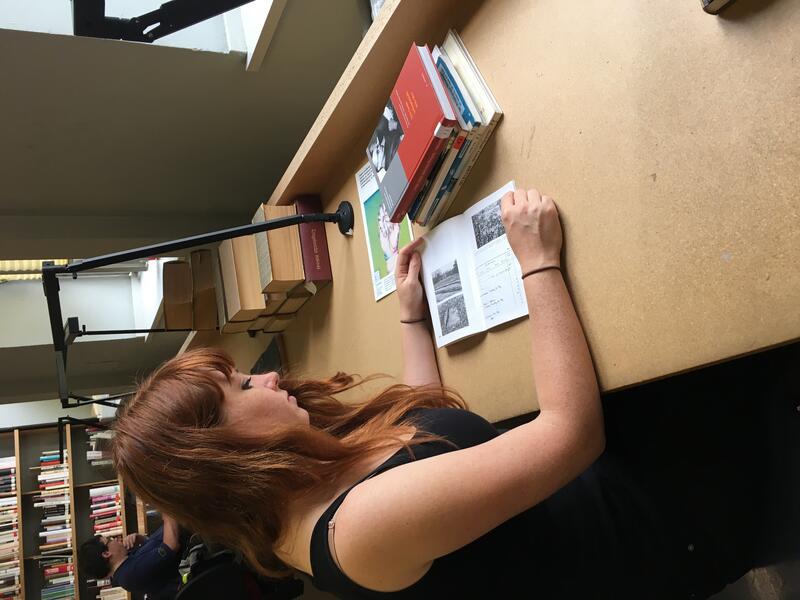 Researching in Cologne
Researching in CologneMy books rely heavily research in both primary and secondary sources. I want readers to feel, hear, and see what my characters did; I want to immerse readers in the world that my characters inhabited. For Flowers in the Gutter, I visited the archive at the El-De Haus, which is now the Nazi Documentation Center in Cologne (pictured here). I also visited the regional archive of Nordrhein Westfalen, which holds the Gestapo archive, including the original arrest records, interrogation reports, and internal memos relating to the Edelweiss Pirates. It was both exciting and harrowing to hold the documents that were in the room with the Pirates.
-
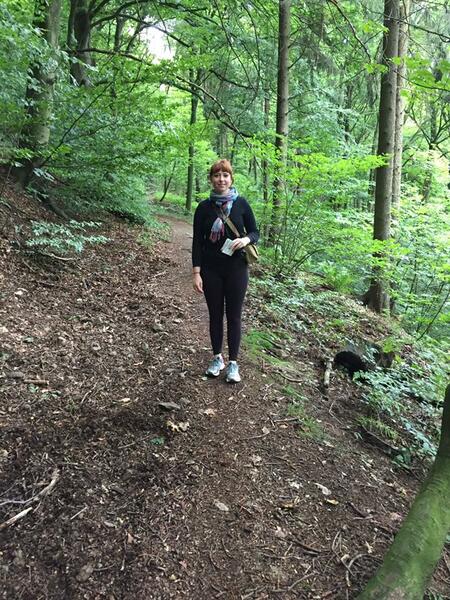 Walking in the Siebengebirge
Walking in the SiebengebirgeDuring my research for Flowers in the Gutter, I traveled to Cologne. Equally important to visiting archives for me was going to the places that the Edelweiss Pirates had been, whether in the city or in the country on one of their many hikes. They loved to escape the city and go camping, and would have been on the same trail I'm on here in the Siebengebirge (Seven Mountains) south of the city.
-
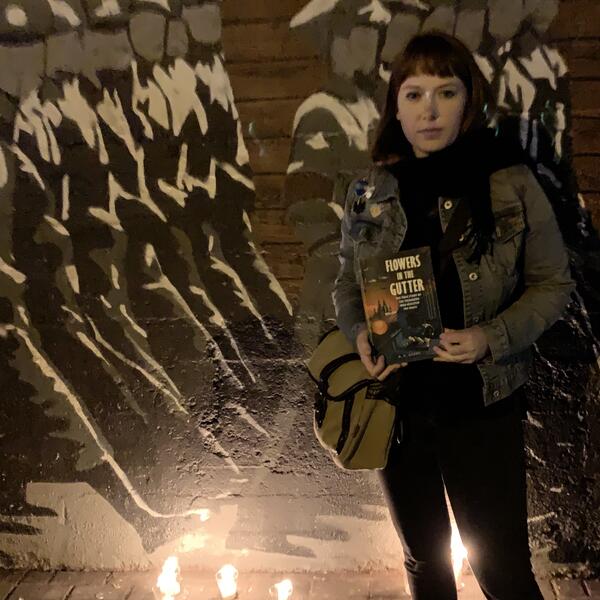 The Edelweiss Pirates Memorial
The Edelweiss Pirates MemorialMe, holding up an advance copy of Flowers in the Gutter in front of a mural in Cologne, Germany for the Edelweiss Pirates. This was during the memorial event for the murder of Edelweiss Pirates and Kristallnacht in 2019. While some people in Cologne (especially the Anti-Fascist League) are very familiar with the Edelweiss Pirates and keep their memory alive, many others are not.
-
 Flowers Book Launch
Flowers Book LaunchAt the book launch for Flowers in the Gutter with my mom, who as a former German professor helped me do research in Germany. I was lucky enough to be able to host the event at Atomic Books in Hampden, Baltimore, where the owners support many local authors.
-
Interview on the CNF Podcast
In 2020, Brendan O'Meara of the CNF Podcast interviewed me about Flowers in the Gutter and my research and writing process.
Writing for Advocacy
I believe in the power of narrative nonfiction to bring stories from the past to life in order to inform the world we live in today. Whether I am writing a lyric essay about landscapes and historic homes, an article on the destruction of a historic Black cemetery outside Washington, D.C., or a feature about forgotten diaries of Jewish teens before the Holocaust, that idea is at the center of all of my writing. And for me, the key with this idea is about making sure that narratives that have traditionally been marginalized, disregarded, or forgotten, are given the prominence they deserve.
Examining these histories and writing about them for a broad audience is a tool of social justice. When we think about historic homes or cemeteries, we have to examine who built it and who it was built for. When we think about the narratives that we know from the Second World War, we have to ask why there are still stories we don’t know. I believe exploring a deep and complex history and telling the story in an engaging way can help readers understand that our built environment in the United States is a product of systemic racism or that the history we are commonly taught serves a political purpose, for example.
I use my writing as advocacy, finding topics and subjects that are neglected and bringing them to a wider audience. I wanted to become a nonfiction writer after a cancer diagnosis at 21, and have written about the need for death with dignity, medical experimentation on Black women with breast cancer, and the inequities in health care. As a musician, I know we tell a one-sided view of American music history, and I’ve combatted that by writing about Black musicians and the African American history of the banjo.
These pieces reflect how I use narrative nonfiction storytelling and deep research to tell important and often under-told stories.
-
Burial Grounds - Washington City Paper
In the summer of 2020, I found out from a fellow musician Brian Farrow that a developer was trying to build a storage unit on land that had once been an African American burial ground outside of Washington, D.C. I grew up not far from River Road, and was deep into my research on the early banjo and the role that it played in Black burial ceremonies throughout the Caribbean. What was happening at River Road Moses Cemetery was all too familiar: over the course of time, Black cemeteries had been bought, paved over, and forgotten. I wanted to know more about what was happening and why it was happening, and this deeply reported piece, which became a cover story for the Washington City Paper was the result.
-
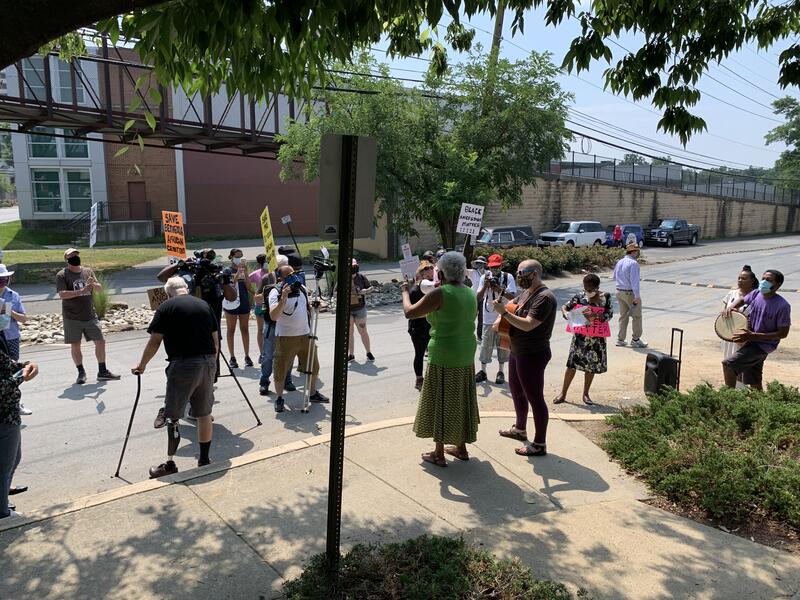 Reporting on the Protests at Moses
Reporting on the Protests at MosesReporting the piece on the Moses Cemetery in Potomac, Maryland, I went to many of the protests, which were happening daily in the summer of 2020. I also did research in historical materials about the community that once called River Road home; spoke to community members, developers, and experts; and looked at contemporary documents regarding the parcels of land in question.
-
Intersectional Landscapes
"Intersectional Landscapes" is an essay that explores history, architecture, and erasure through two homes. I wrote the essay while at the Woodlawn and Pope-Leighey Houses in northern Virginia as part of the Inner Loop Literary's writer-in-residence program. This allowed me to explore these places unencumbered, but also gave me the time to think about why we preserve certain spaces and what stories we tell about those spaces, for better or worse.
The essay appears in A Harp in the Stars: An Anthology of Lyric Essays, edited by Randon Billings Noble and published in 2021 by the University of Nebraska Press.
-
Finding Ben's Ten
This piece in Chesapeake Bay Magazine explores the discovery of 10 acres of land that Harriet Tubman's father owned on the Eastern Shore. I also explore what climate change is doing (and has done) to this historic piece of land, and how we can combat the loss of historic places due to climate change.
-
Death with Dignity Op-Ed
In 2014 I saw a video of a young woman named Brittany who decided she would end her life on her own terms, rather than let cancer do it for her. I was just three years out from my own cancer remission and not yet cured. I had also seen friends die brutal, drawn-out deaths from cancer. At the time, the Maryland legislature was debating a Death with Dignity Bill, and in support of that option for Marylanders, I wrote this op-ed for the Washington Post.
-
 These Forgotten Essays Reveal the Secrets and Dreams of Jewish Teens As Hitler Drew Near
These Forgotten Essays Reveal the Secrets and Dreams of Jewish Teens As Hitler Drew NearI love researching and writing about history that is just out of our peripheral vision, existing in archives but often neglected. This is why I so enjoyed writing a long form piece exploring autobiographies written by Jewish young adults in Poland in the 1930s.
While the world slowly then quickly slipped into chaos around them and they felt the very personal impacts of anti-Semitism, they wrote about being teenagers. They wanted to have sex or at least make out with someone. They fell in and out of love. They joined political movements in hopes of making the world a better place. They admitted that their Jewish friends made fun of them for being poor or not Jewish enough, while they were also excluded from Polish society. They were exhausted by their parents. And they contemplated what their futures would hold.
I read these autobiographies and felt so connected to the authors, relating their teenage experiences to my own. While reading, researching, and writing about the Holocaust is emotionally difficult, I hope that by sharing these stories I put real people into a narrative that usually doesn’t focus on individuals. It’s amazing how much unknown material there is about parts of history we think we know really well. The full piece is available here.
-
Bethel A.M.E. Profile in Shore Monthly
In September 2018, my story on how the Bethel A.M.E. in Cambridge, Maryland has used faith and community to overcome systemic racism was the cover story for Shore Monthly. I was drawn to the history of Bethel and their Civil Rights protests, but also what they were doing then to continue that legacy, two years before the national reckoning in 2020.
-
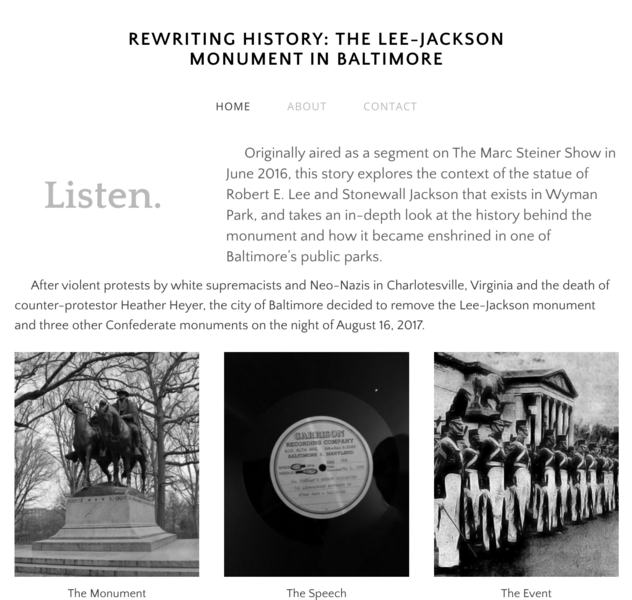 ReWriting History - The Marc Steiner Show
ReWriting History - The Marc Steiner ShowOriginally aired as a segment on The Marc Steiner Show in June 2016, this story explores the context of the statue of Robert E. Lee and Stonewall Jackson that exists in Wyman Park, and takes an in-depth look at the history behind the monument and how it became enshrined in one of Baltimore’s public parks. The story (co-written and produced by Nadia Ramlagan) came about after a friend provided the recording during the dedication of the monument. We wanted to explore why, so long after the end of the Civil War, Baltimore wanted to erect a statue to two men who fought against the United States and had no connection to Baltimore.
After violent protests by white supremacists and Neo-Nazis in Charlottesville, Virginia and the death of counter-protestor Heather Heyer, the city of Baltimore decided to remove the Lee-Jackson monument and three other Confederate monuments on the night of August 16, 2017.
Listen to the audio here: https://www.steinershow.org/?powerpress_pinw=29325-podcast
-
How an abolitionist painting set in D.C. became proslavery propaganda
One of the paintings I explore in Well of Souls is Eastman Johnson's "Negro Life at the South," which he intended to be anti-slavery, but was quickly used as pro-slavery propaganda. I fully explore this in a piece for The Washington Post's Retropolis section.
Writing About Nonfiction Writing
I am passionate about nonfiction writing in its many forms. I am curious about how we tell true stories in the absence of concrete evidence, how we craft nonfiction that propels the reader forward through a narrative, how we can bend the form to be something beyond a beginning, middle, and end. We are a genre that deserves the craft writing about how we write like it has been delivered to fiction, poetry, and even play and screenwriting. I not only think about these ideas in my own writing, I advocate for others to think about it and share their ideas as well.
I am one of the editors of true., a bi-weekly online publication that explores the craft of nonfiction, even going beyond writing into podcast and film. In addition to interviewing authors about their books for the publication, I have invited other writers to share their diverse perspectives. I have also written about nonfiction craft for diagram and Assay: A Journal of Nonfiction.
-
 When the Arc Is Too Small
When the Arc Is Too Small"When the Arc Is Too Small" is a lyric, spiral-shaped essay about spiral-shaped works of nonfiction (too meta?). In 2023, I was invited to be on a panel at the Association of Writers and Writing Programs discussing unusual shapes in nonfiction, and while I then specifically focused on how Well of Souls was a spiral, I began noticing the shape in other works I admired like Maggie Nelson's The Argonauts and Elissa Washuta's White Magic.
-
Marital Property
In 2021, I saw Andrzej Zulawski's Possession at the Charles movie theater's revival series and shortly thereafter, I read Gina Frangello's memoir Blow Your House Down. Even though one was an 1980s film and one was a recent memoir, the stories seemed really similar to me. Except for the fact that Frangello's memoir was told from the woman's point of view when a marriage broke down. Drawing on the similarities in the text, I wrote an essay for DIAGRAM exploring who tells a story, how it is told, and who is the real monster when a relationship ends.
-
Saumya & the Mountain_ One Story, Two Ways – true__1.pdf
I met Saumya Roy at a residency for nonfiction writers, and became fascinated that while her UK editor wanted her in to be present throughout the telling of a heavily reported story while her US editor did not. Among our cohort of journalists at the residency, we debated whether or not reporters need or should use the first person. After both versions were published, I sat down to talk to her about that process, and the question at the heart of so many narrative journalists: Should we, or under what circumstances should we, include ourselves in our writing?
-
You have to do what works for you.
I was fascinated by Sufiya Abdur-Rahman's memoir, Heir to the Crescent Moon, about growing up as a second-generation Black Muslim. Although she spent her early life in New York and New Jersey, Sufiya now lives in Maryland and teaches on the Eastern Shore. I found it amazing how she could take her journalistic background and blend it with lyric language to try to uncover and share her family's history. At true, I work to make sure that underrepresented voices in nonfiction are featured prominently.
-
When the Action Is Too Much and Not Enough
Originally published in Assay: A Journal of Nonfiction Studies, this piece explores how the books I Got A Monster: The Rise and Fall of America’s Most Corrupt Police Squad (St. Martin’s 2020) by Baynard Woods and Brandon Soderberg and We Own This City: A True Story of Crime, Cops, and Corruption (RandomHouse, 2021) by Justin Fenton are different, and what the choices that the writers made end up doing for the reader. As this and other examples show, Baltimore and Maryland can't help but being a big part of my writing life.
Building Literary Community in Baltimore and Beyond
Writing--the act of sitting in front of my computer and typing--is solitary. But all the ideas that come across on the page, that is communal. Even when I am doing original archival research, as a nonfiction writer, I am building on the realities, stories, and ideas of others. During both my research and writing processes, I find myself thinking of no better analogy than Alice falling down the rabbit hole. I am alone in trying to figure out what I am writing. But then, to get out of that hole, I need the help of others. That is why I love writing communities, and am proud to be part of a writing community here in Baltimore.
I was thrilled to be selected as a finalist for the Baker Artist Award in 2024, and to have a chance to read and discuss my writing with the other finalists at the City Lit Festival at the Meyerhoff.
I have also participated in literary readings in Baltimore including Writers & Words and Yellow Arrow, hosted panels at the CityLit festival and invited readers at events including Notes on Notes about the intersection of writing and music at Atomic Books. I also write for Baltimore Fishbowl’s Baltimore Writer’s Club and feature local authors. My introduction to much of this work was thanks to a 2018 Rubys Artist Award from the Robert W. Deutsch Foundation, which supported my research for Well of Souls.
I regularly interview other local authors to promote their books on Baltimore Fishbowl or at events. I love being able to support other writers and pay forward the support that I have received from the community.
Outside of Baltimore, I have been invited to lecture and speak on panels at the Association of Writers and Writing Programs conference (which returns to Baltimore in 2026!), the Chesapeake Writers Conference, virtually for Narratively Academy, and at West Virginia Wesleyan's Masters of Fine Arts program. I love being able to encourage other writers by showcasing their work and helping them hone their craft.
-
 2024 Baker Artist Awards Literary Finalists
2024 Baker Artist Awards Literary FinalistsIn 2024, I was thrilled and surprised to be selected as a finalist for the Baker Artist Award for Literary Arts. In April, we were invited to read and talk about our writing at the CityLit Festival. I am constantly happy to live in a city and area that supports artists so fully and gives us opportunities like this.
-
Interview with Sufiya Abdur-Rahman
I was fascinated by Sufiya Abdur-Rahman's memoir, Heir to the Crescent Moon, about growing up as a second-generation Black Muslim. Although she spent her early life in New York and New Jersey, Sufiya now lives in Maryland and teaches on the Eastern Shore. I found it amazing how she could take her journalistic background and blend it with lyric language to try to uncover and share her family's history.
-
Profile of Musician and Poet Jordon Stanley
This profile of Eastern Shore drummer and poet Jordon Stanley explores how his music and words work together, and what makes him passionate about both. The piece was originally published in Shore Monthly.
-
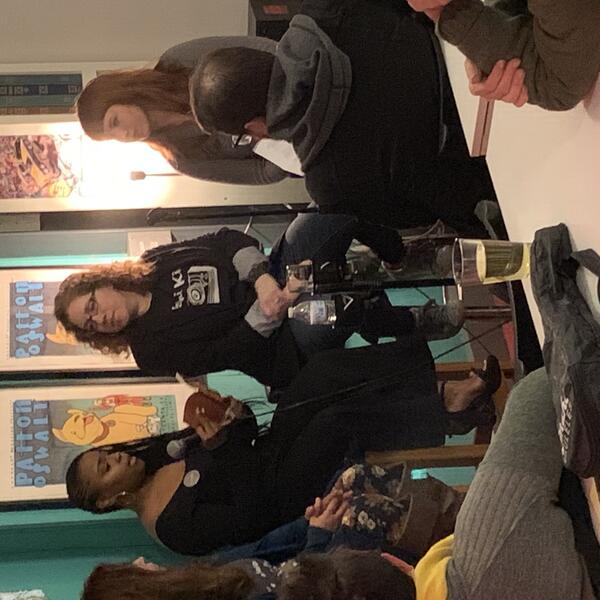 Words & Music Reading
Words & Music ReadingIn 2019, I invited three writers of diverse genres to talk about the influence of music on their writing as I was working on Well of Souls. I think that when we highlight the work of others, we inevitably make our own work stronger.
-
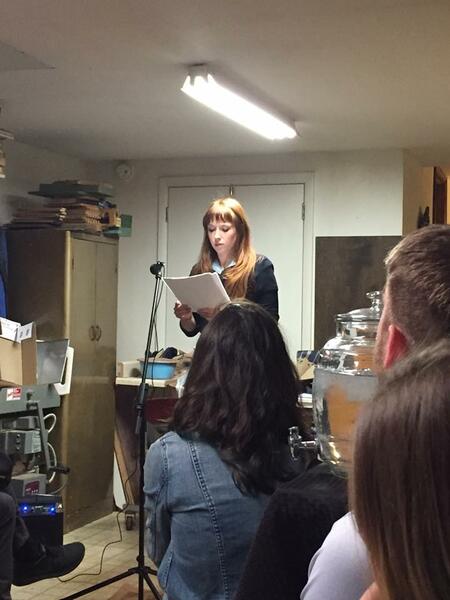 Yellow Arrow Reading
Yellow Arrow ReadingWe are so lucky to have such a vibrant literary arts community here in Baltimore. This is from a reading organized by Yellow Arrow, a Baltimore nonprofit, during the Highlandtown First Fridays Art Walk. I have also participated in and volunteered with other Yellow Arrow events, and enjoy seeing writers supporting writers.
-
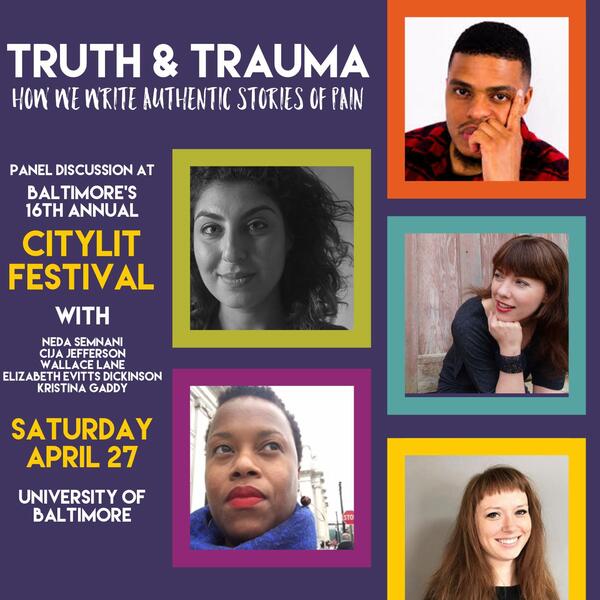 Truth & Trauma Panel at CityLit
Truth & Trauma Panel at CityLitAs I was working on Flowers in the Gutter in 2019, I was confronted with the trauma of the Holocaust and the Nazis on a daily basis. I was translating the interrogation reports of teenagers who were beaten by the Nazis and writing in close third person about those experiences. I wondered how we as writers can do that without harming our selves, our readers, and the people we are writing about. I approached City Lit about a panel that would explore these questions and was able to bring together Neda Semnani, Wallace Lane, Elizabeth Evitts Dickinson, and Cija Jefferson to explore their diverse perspectives on the subject.
In 2022, I was asked to moderate a panel on City Lit about freelance reporting and writing.
-
The Power of Collaboration
In 2023, Baltimore Fishbowl asked me to interview Constance Hayes Matsumoto and Kent Matsumoto about their book Of White Houses, which was published by Apprentice House Press (based at Loyola University of Maryland). Based on the story of Kent's parents during and after World War II, I saw immediate connections to my research and writing of Flowers in the Gutter.
-
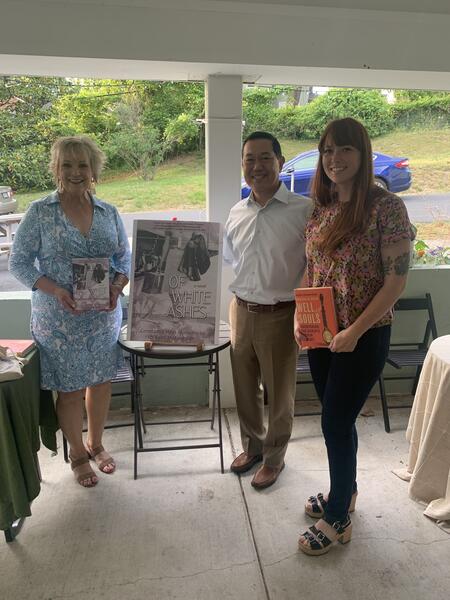 At the Ivy with Connie and Kent Matsumoto
At the Ivy with Connie and Kent MatsumotoWith the authors of Of White Ashes, Constance Hayes and Kent Matsumoto. I was asked by Baltimore Fishbowl's Baltimore Writer's Club to interview Connie and Kent about their powerful book that follows characters based on Kent's parents as they navigate the world as Japanese Americans during and after World War II. That led to this event at the Ivy Bookshop in Baltimore, where I had the pleasure of asking them event more questions about their process.
-
Interview with Brennen Jensen and Tom Chalkley, authors of "A History Lover's Guide to Baltimore"
I was excited to interview long-time Baltimore writers and journalists Brennen Jensen and Tom Chalkley about their new book, A History Lover's Guide to Baltimore. We talked about their research and process, and some of their favorite spots in Baltimore.
-
 The Final Writers and Words
The Final Writers and WordsI was incredibly lucky to be one of the final four readers of the now-defunct Writers & Words series. The Baltimore series was founded by Johns Hopkins Writing Program alumni and featured four writers monthly. This was during the March 2020 reading, and unfortunately, the series didn't make it through the pandemic. It was a great place for writers to share new and old work.
Freedom and Bloodshed
I've currently started outlining my next narrative nonfiction book, Freedom and Bloodshed: Hope, Hatred, and Conspiracy in the Shadow of the Civil War. It follows the rise and fall of the little-known Readjuster Party in Virginia, their dream of a thriving post-Civil War South with equal rights for all and the destruction of that dream by white supremacists through political maneuvering and acts of violence. Freedom and Bloodshed also becomes both a mirror and lens for us to look at our current political climate. Again, I hope to immerse readers in the uncertain era that was the failure Reconstruction and the unfortunate rise of Jim Crow, not only to understand this story that has never been told for popular audiences before, but also as a way to consider what a revolutionary political party can do, and how we might bring about a coalition today that is not based on identity politics but making sure that all Americans are cared for and have equal rights. This project is very much at a beginning stage, and in 2025, I am focusing on finishing my book proposal, securing a publisher, and looking for additional funding sources for my research and writing.
-
Freedom and Bloodshed (Excerpt)
This is an excerpt from the draft of my prologue. My plan is to tell the story in media res, starting with a vision of what the Readjusters imagine for Virginia and the benefits that they've already brought to the state through education and work for African Americans, which will juxtapose against the Democratic/ Anti-Readjusters and the violence that they instigate in Danville, Virginia days before the 1883 election to ensure that the Readjusters will lose when African Americans are too scared to go to the polls.
-
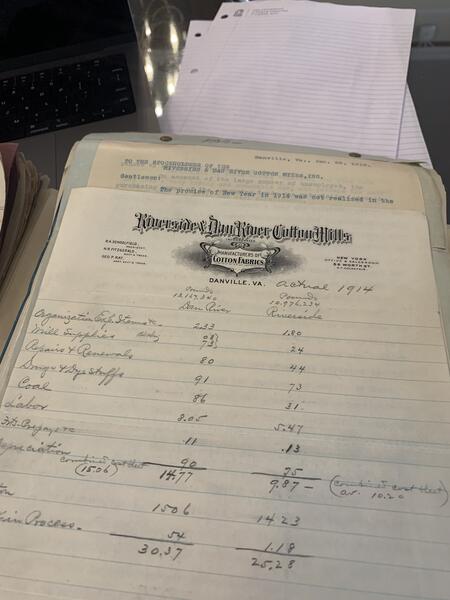 Archives at Wilson Library
Archives at Wilson LibraryOne of the main concerns in the post Civil-War South was economic recovery. Not only had railroads and infrastructure been destroyed, and most Southerners realized that they needed a new economic model since they could no longer rely on the forced labor of African Americans. Some wanted to rejuvenate the South with industry, including the head of the Readjuster Party William Mahone. He also recognized that Black Virginians needed education, access to property, and access to jobs to be financially successful, and that was part of his goal for the party. However, the white supremacists who did not want this racial equality sought to create economic opportunity just for white Southerners. The Dan River Mills were created by these anti-Readjusters to offer jobs only to white Virginians; they then used the economic pressure of employment to make sure their employees voted against the Readjusters.
-
 At the Wilson Library
At the Wilson LibraryIn the summer of 2024, I went to the University of North Carolina's Wilson Library to look into the files of the Dan River Mill, which was located in Danville, Virginia, where the massacre in 1883 effectively destroyed the party.

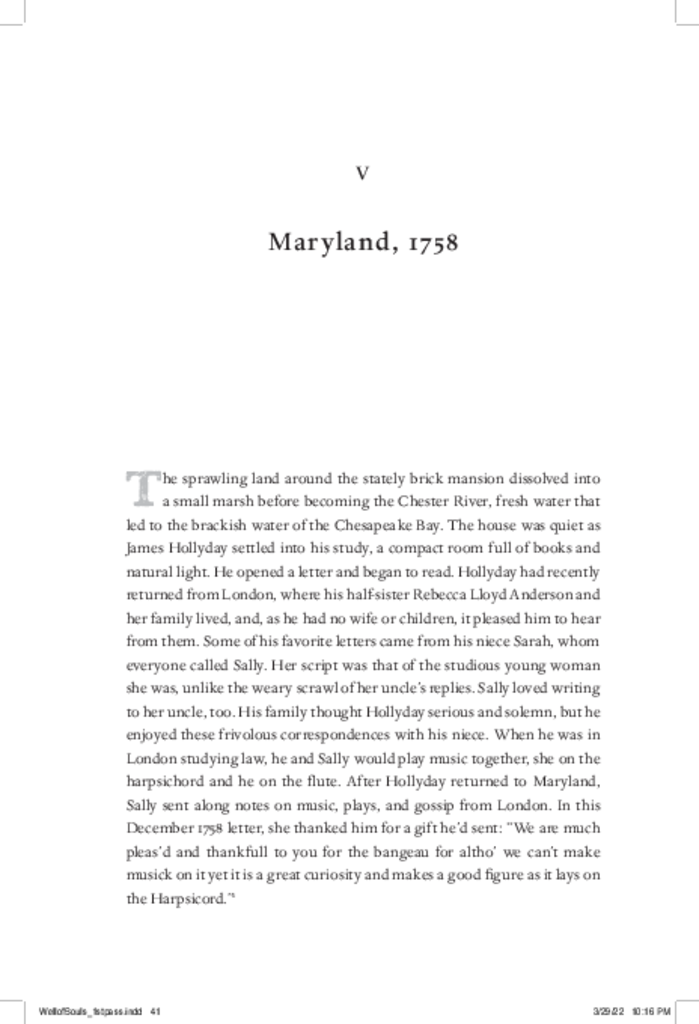
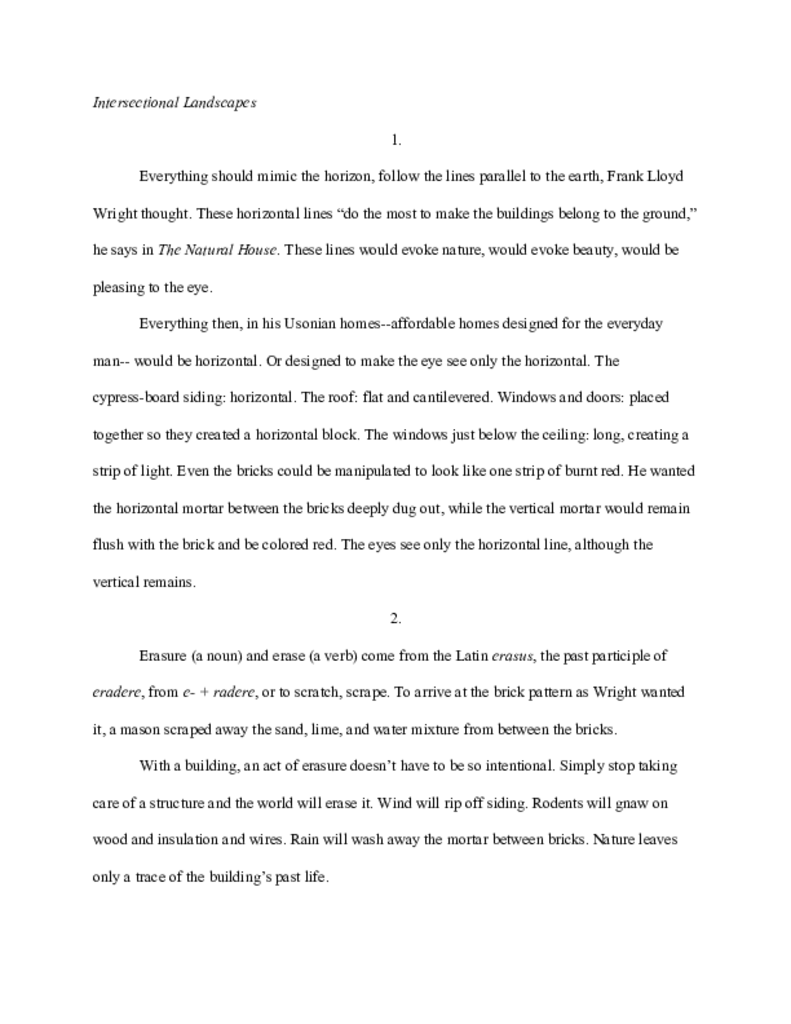
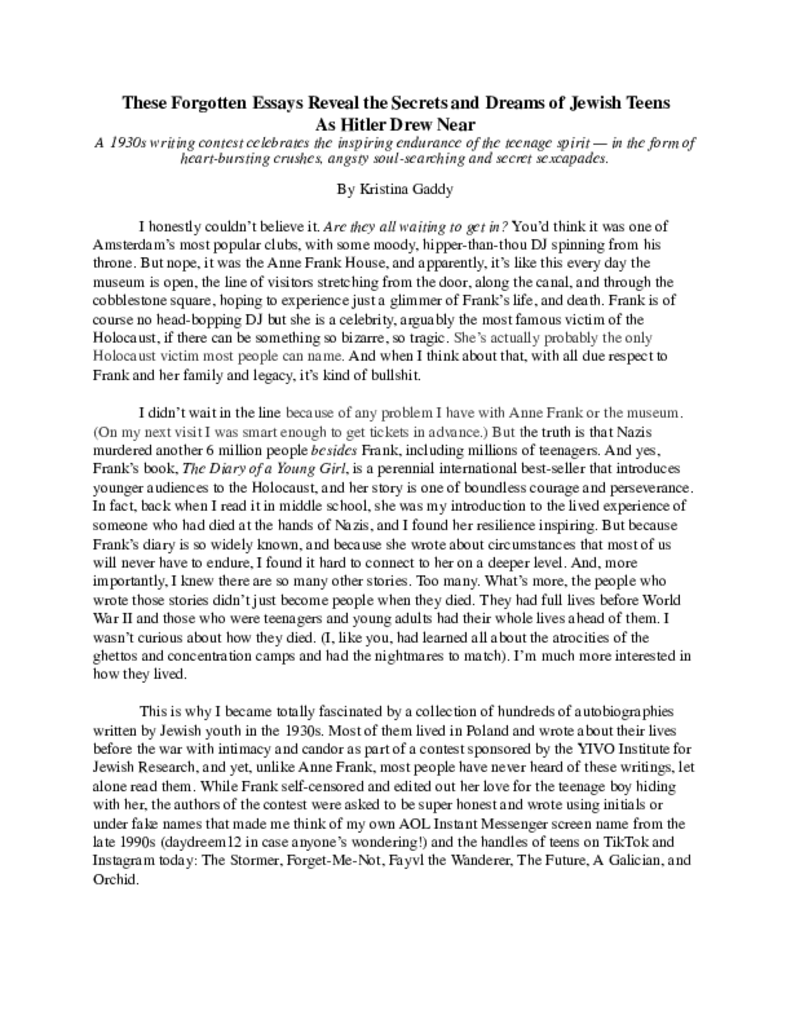
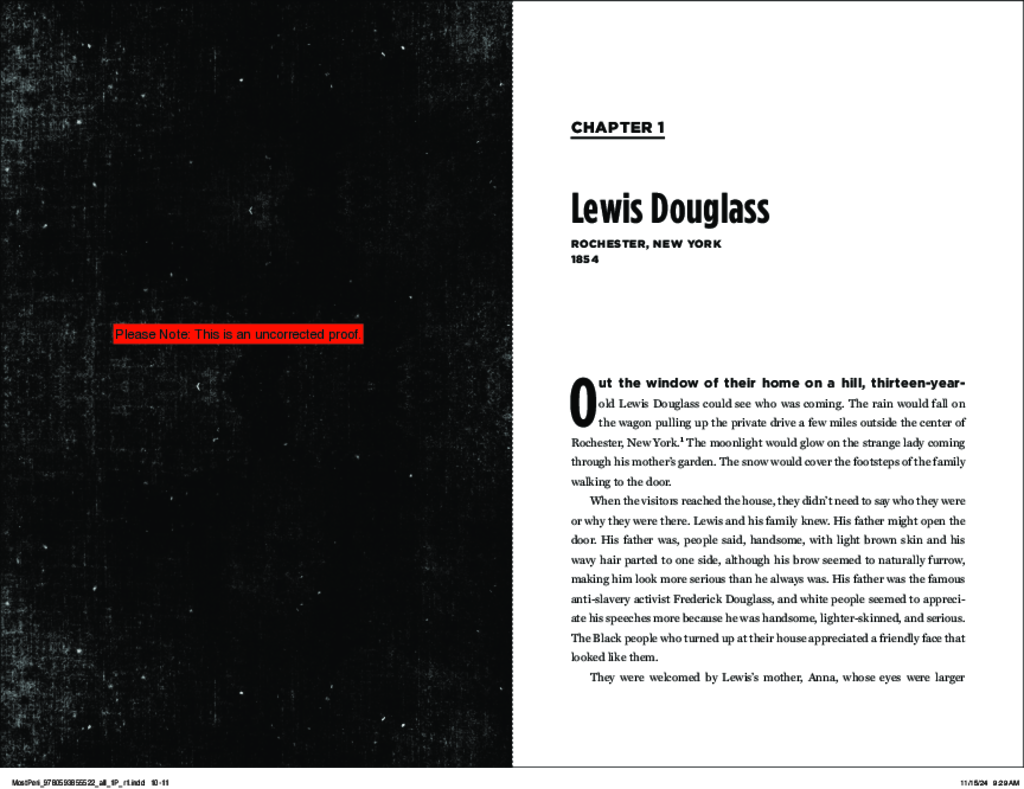
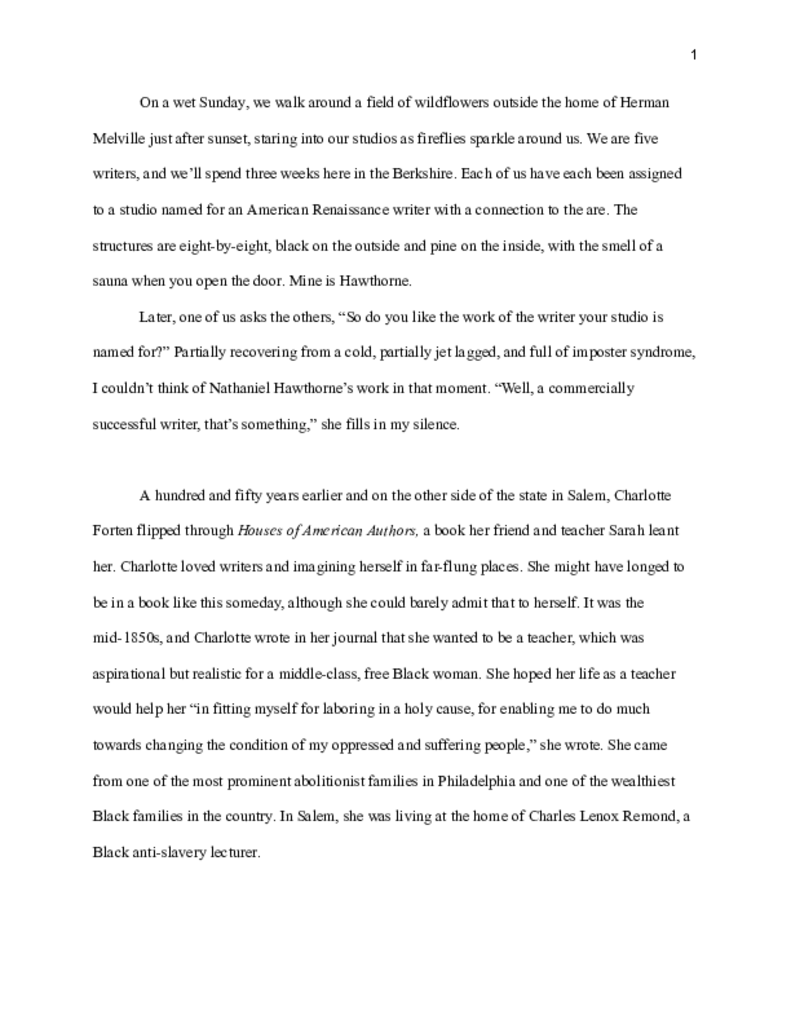

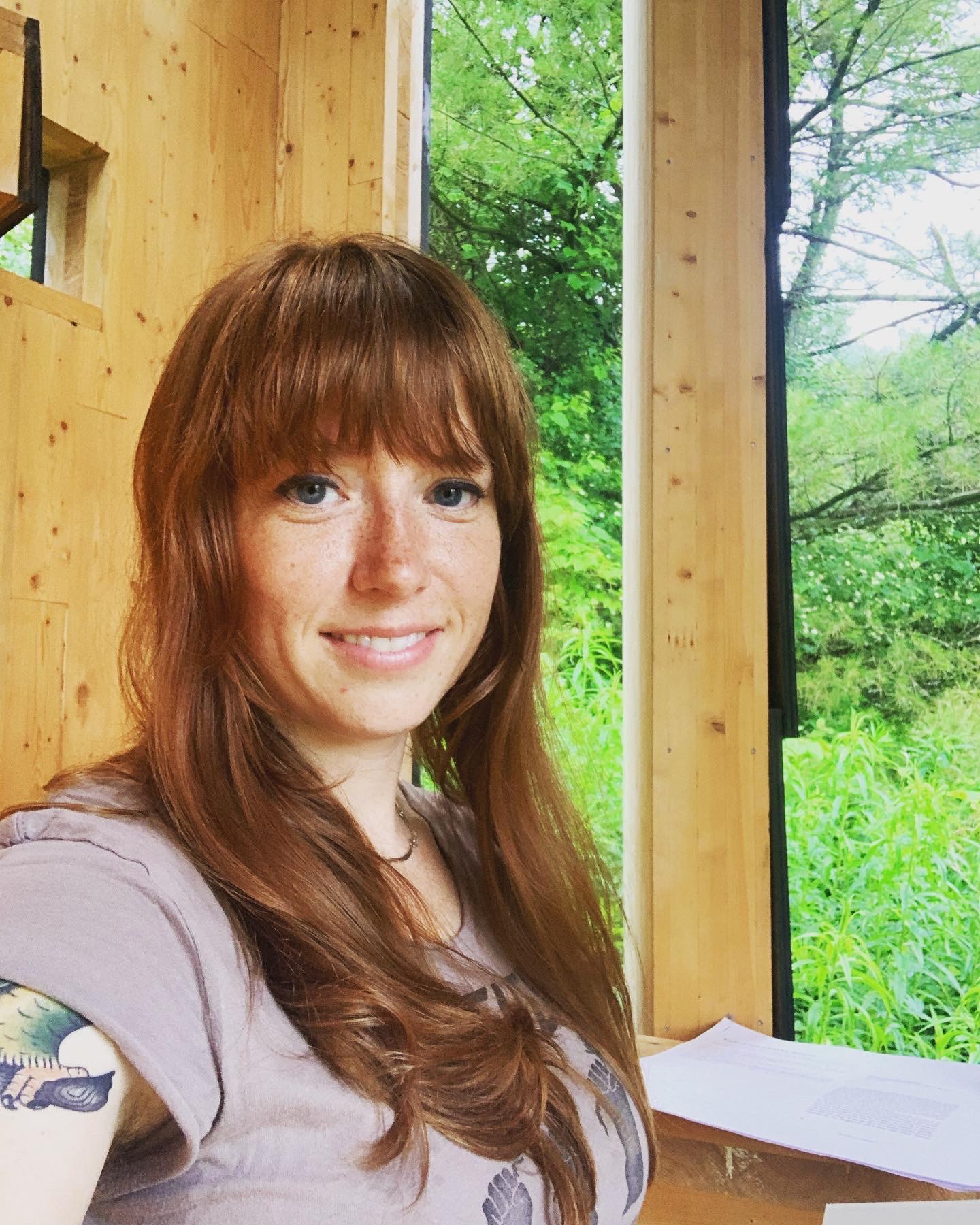
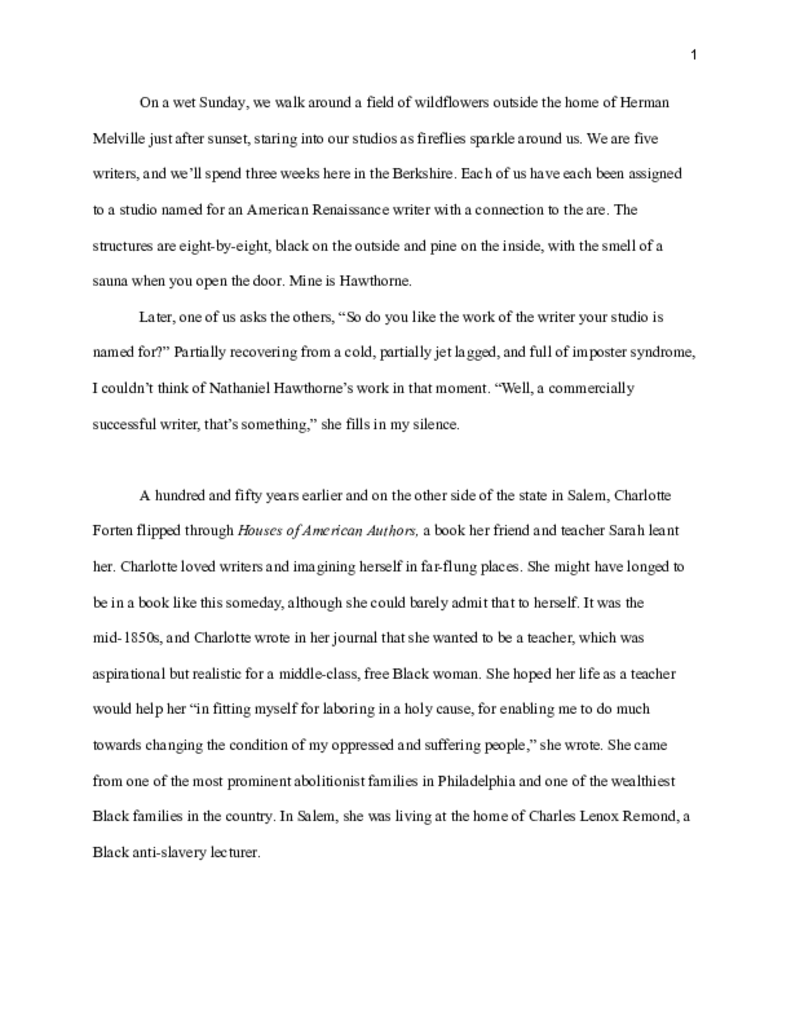



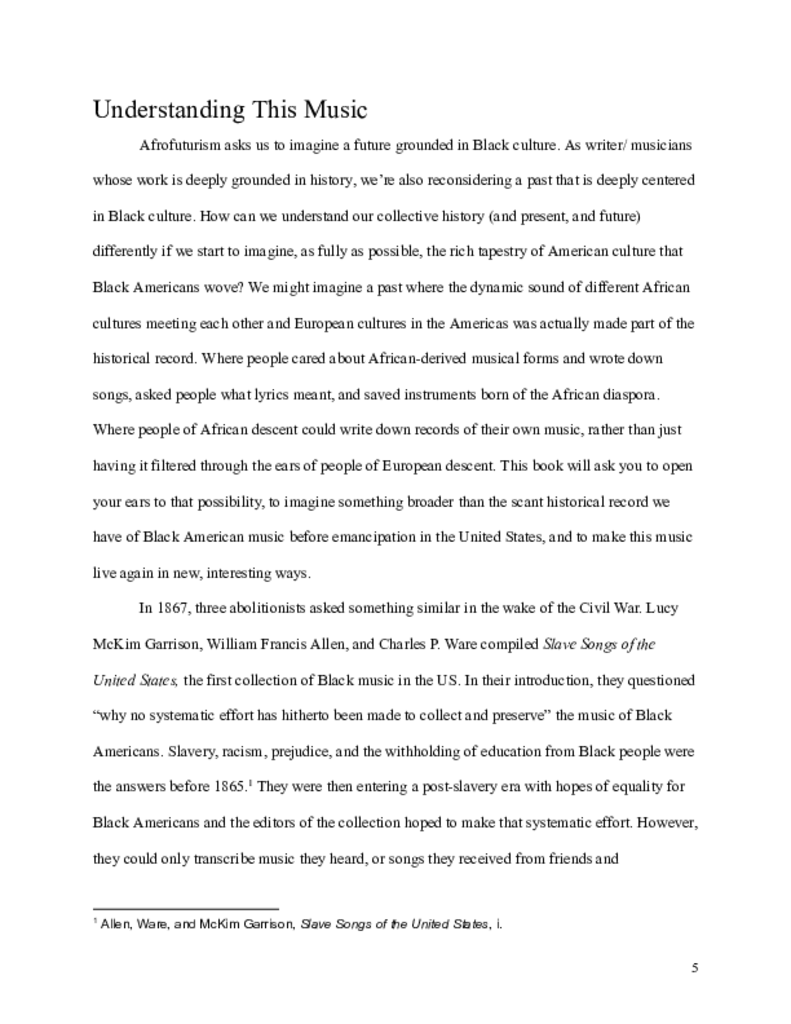
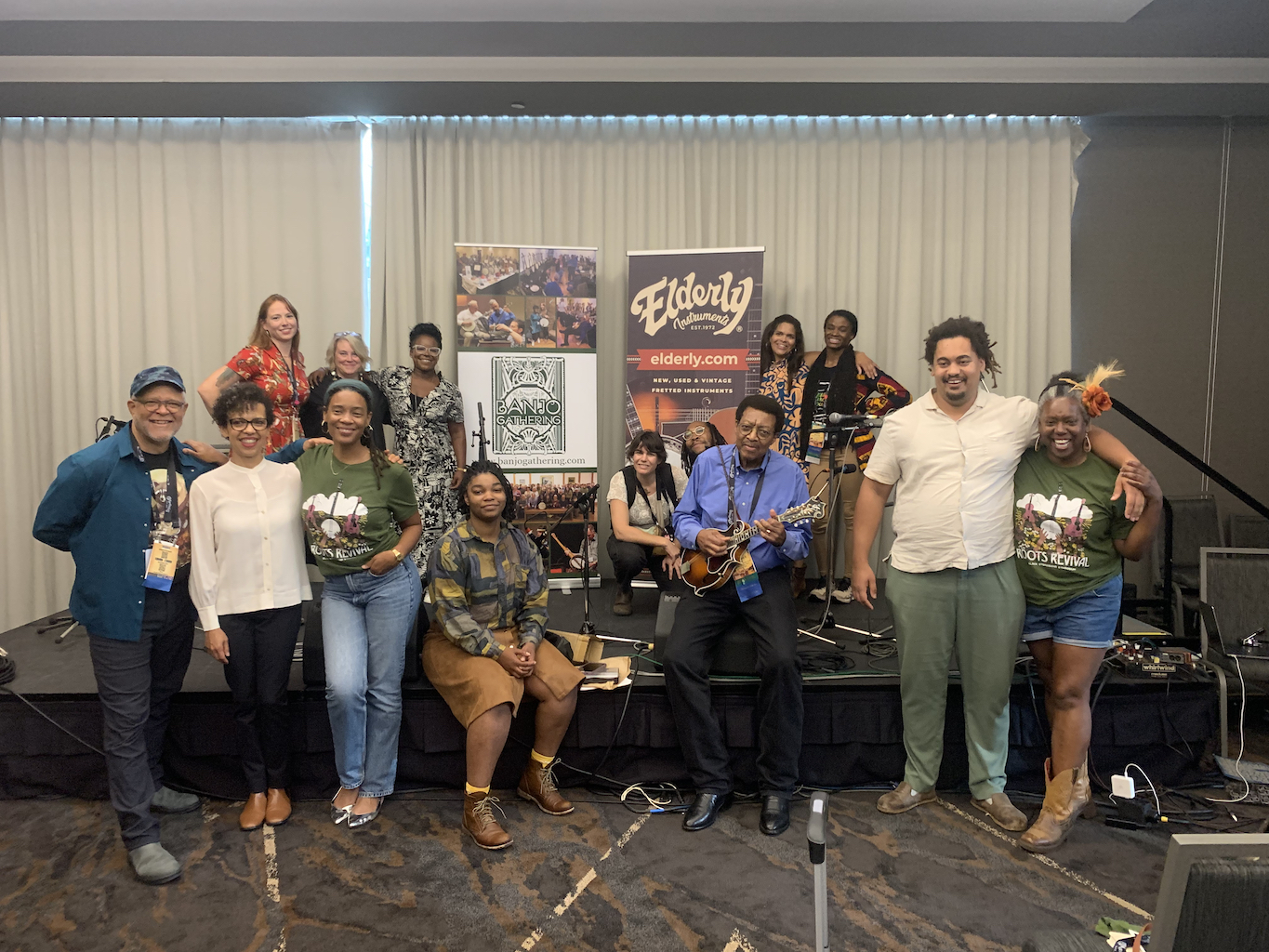
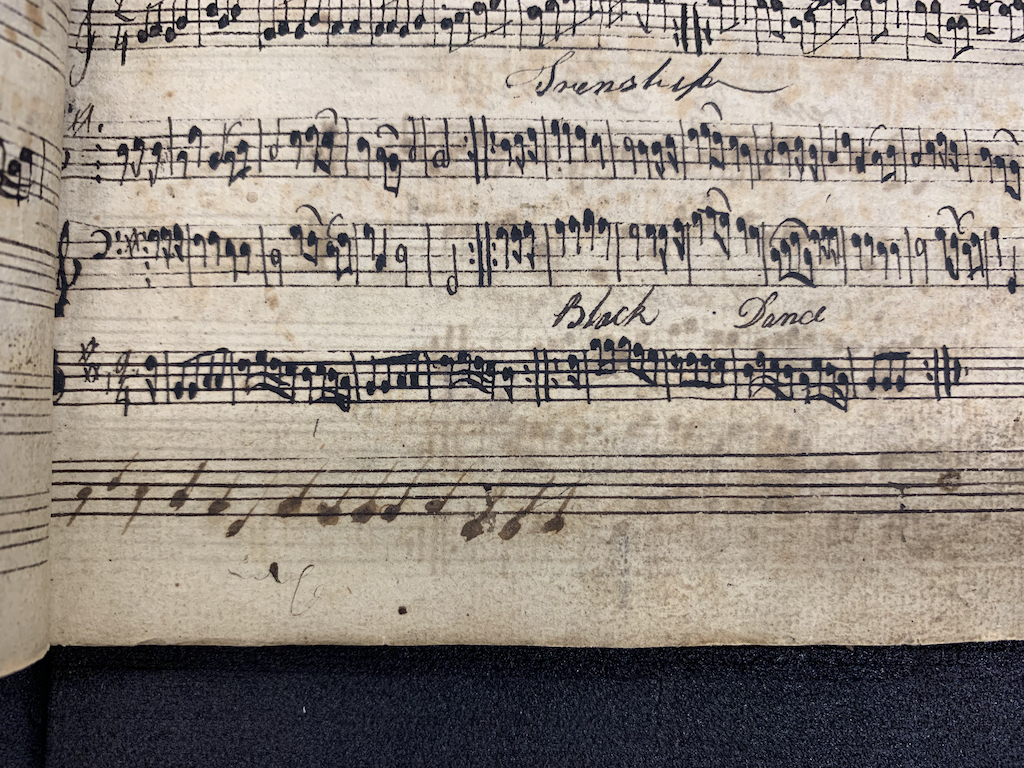



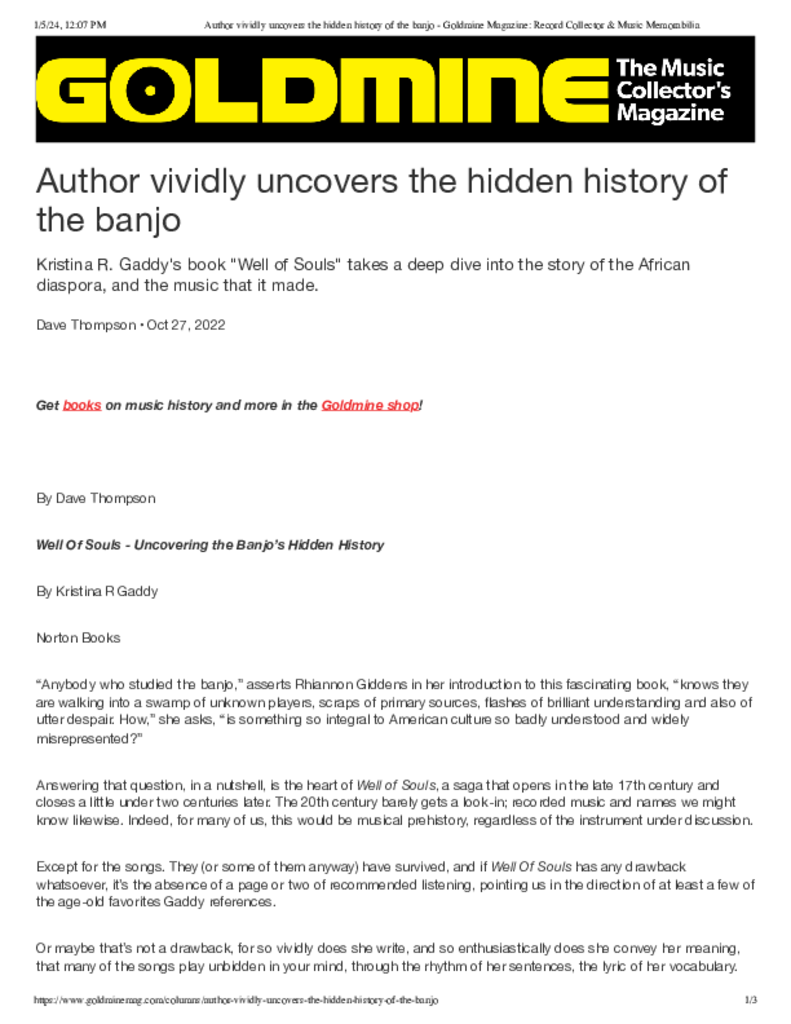
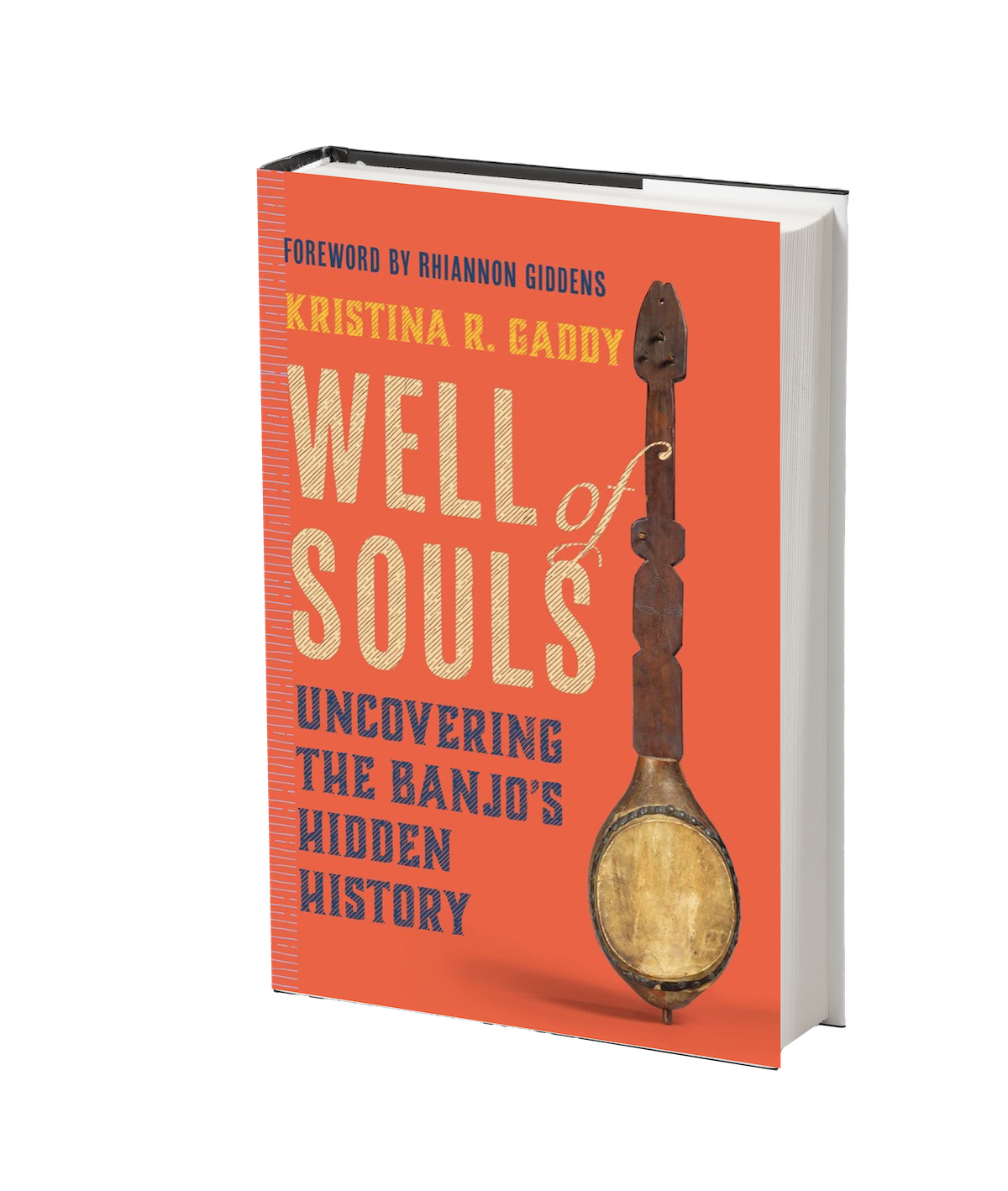



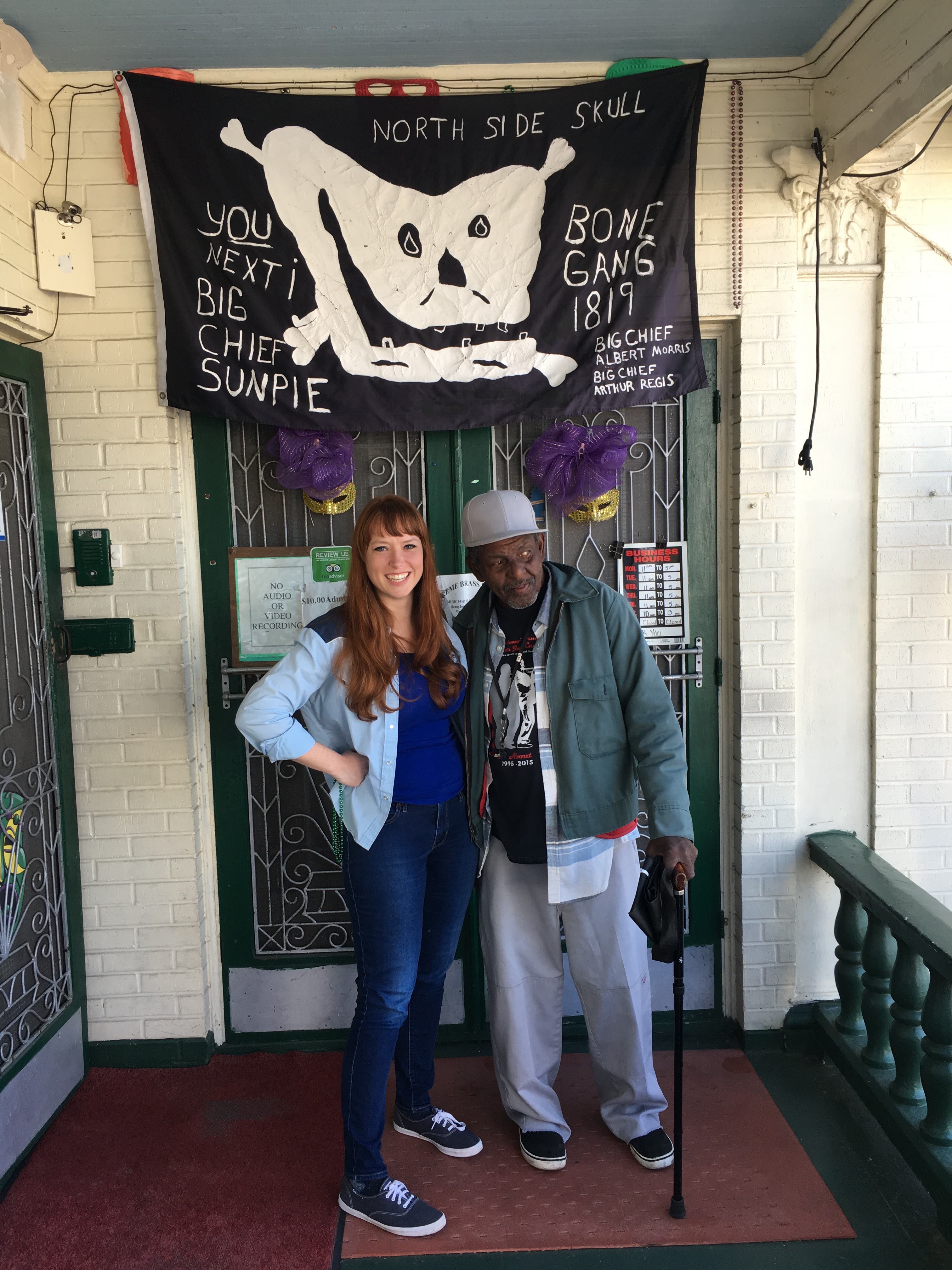

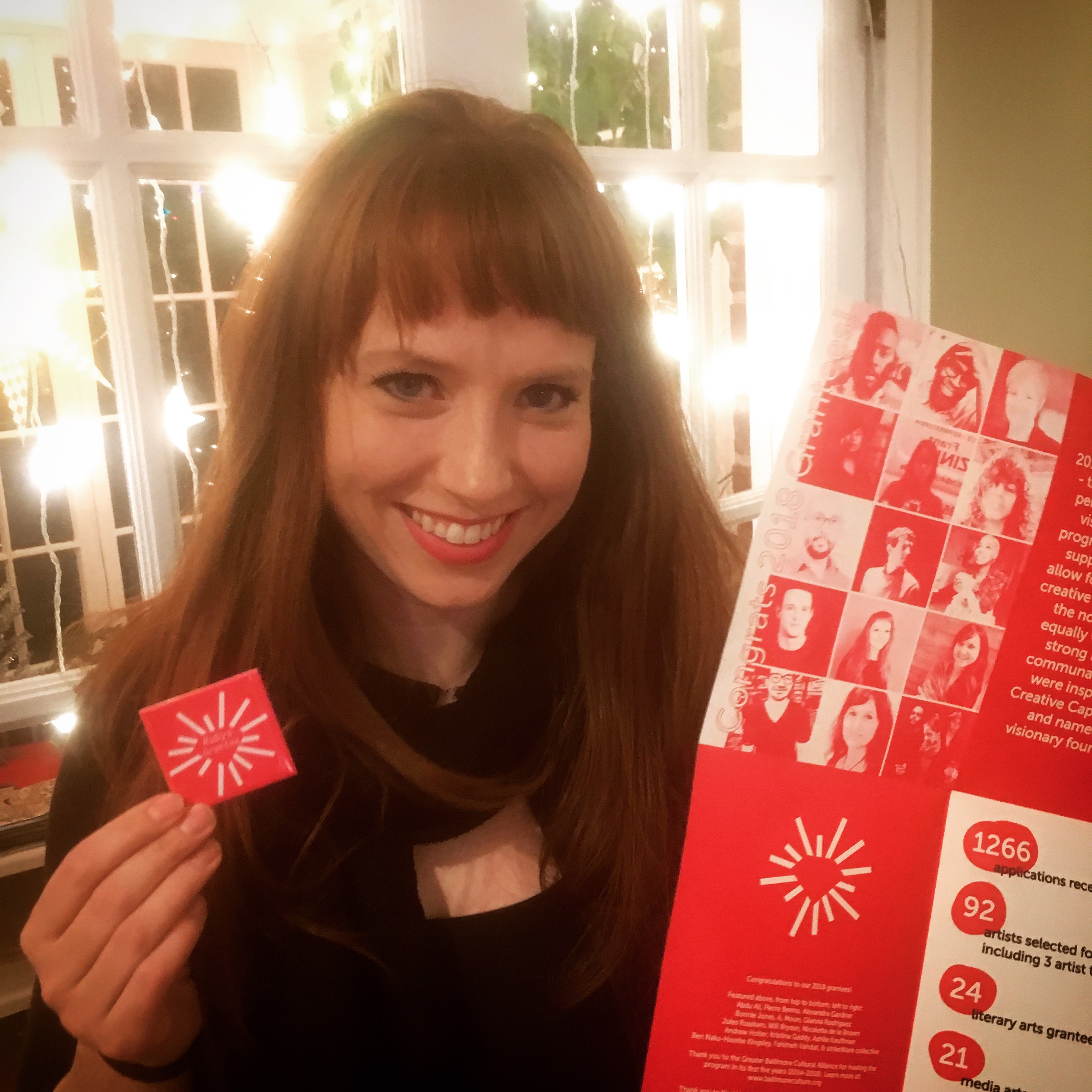
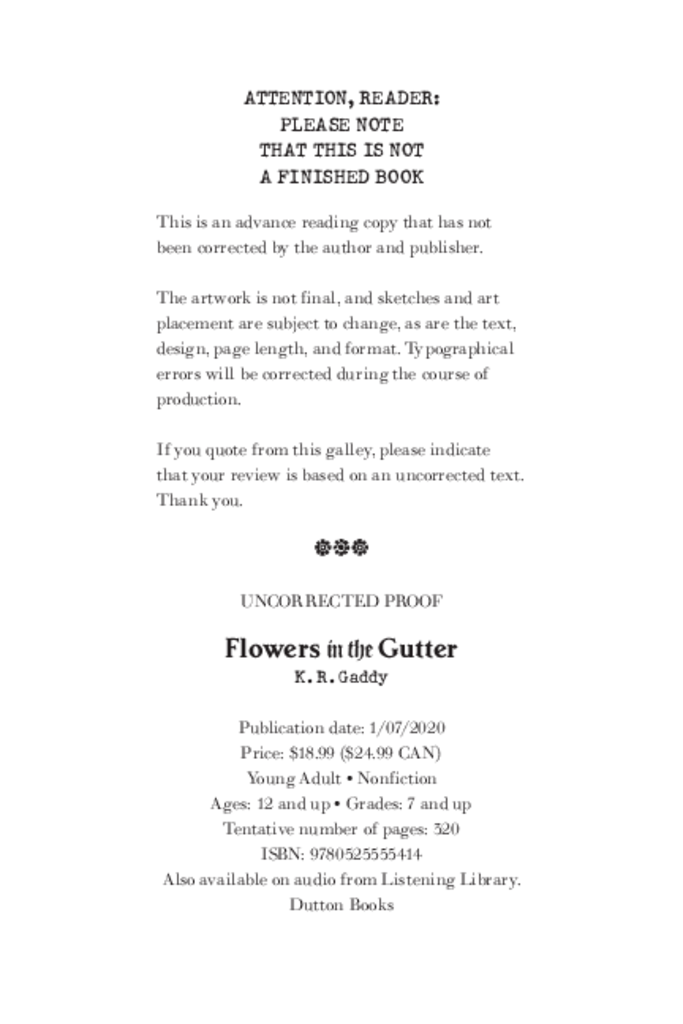






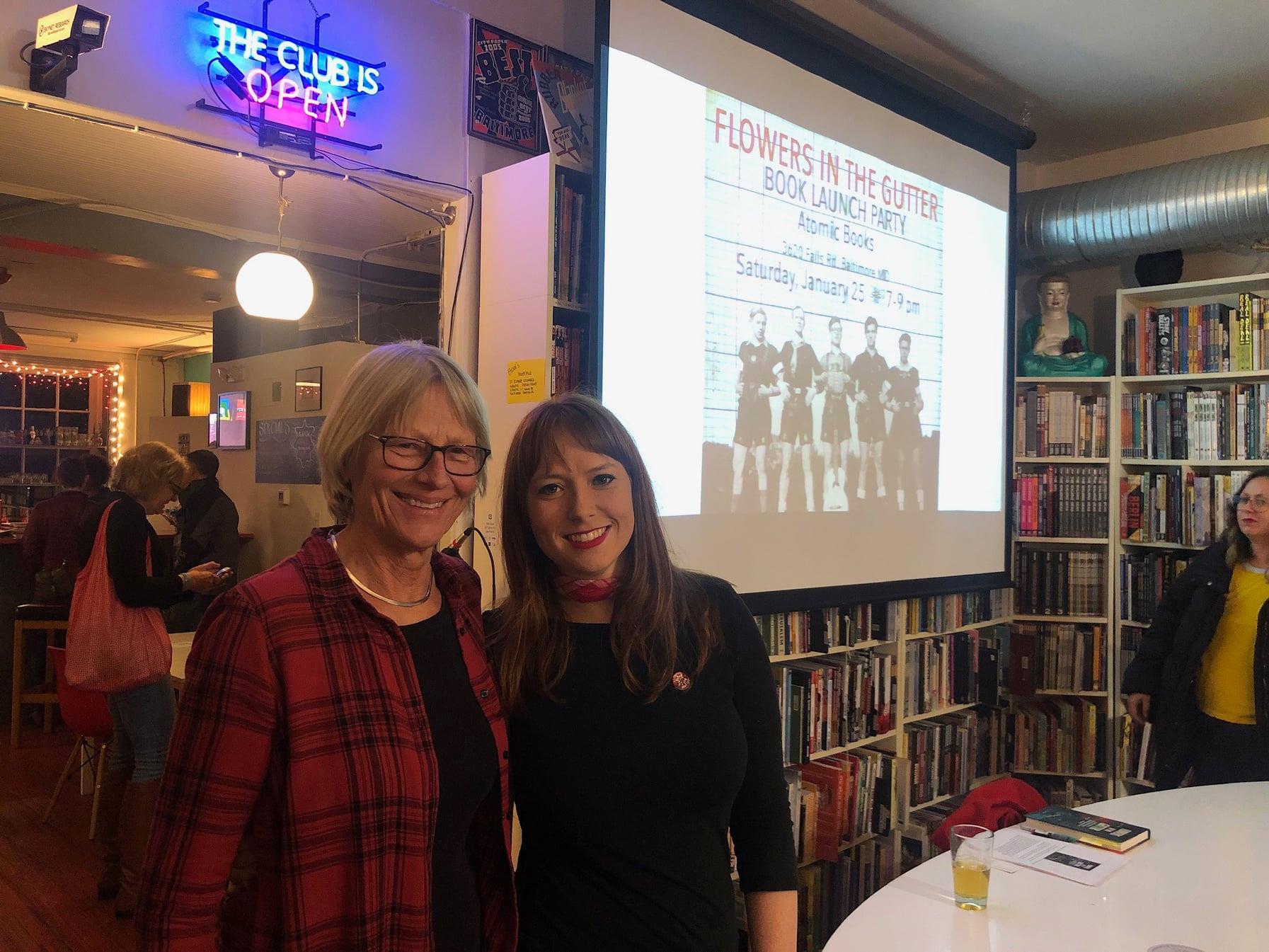
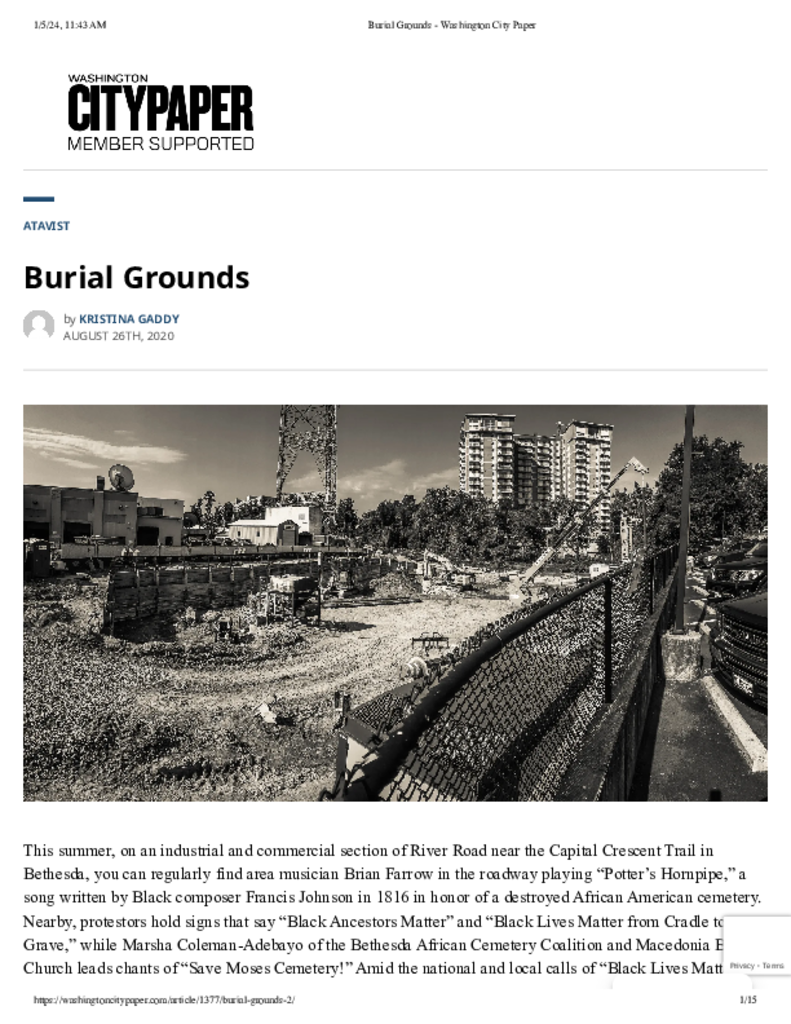
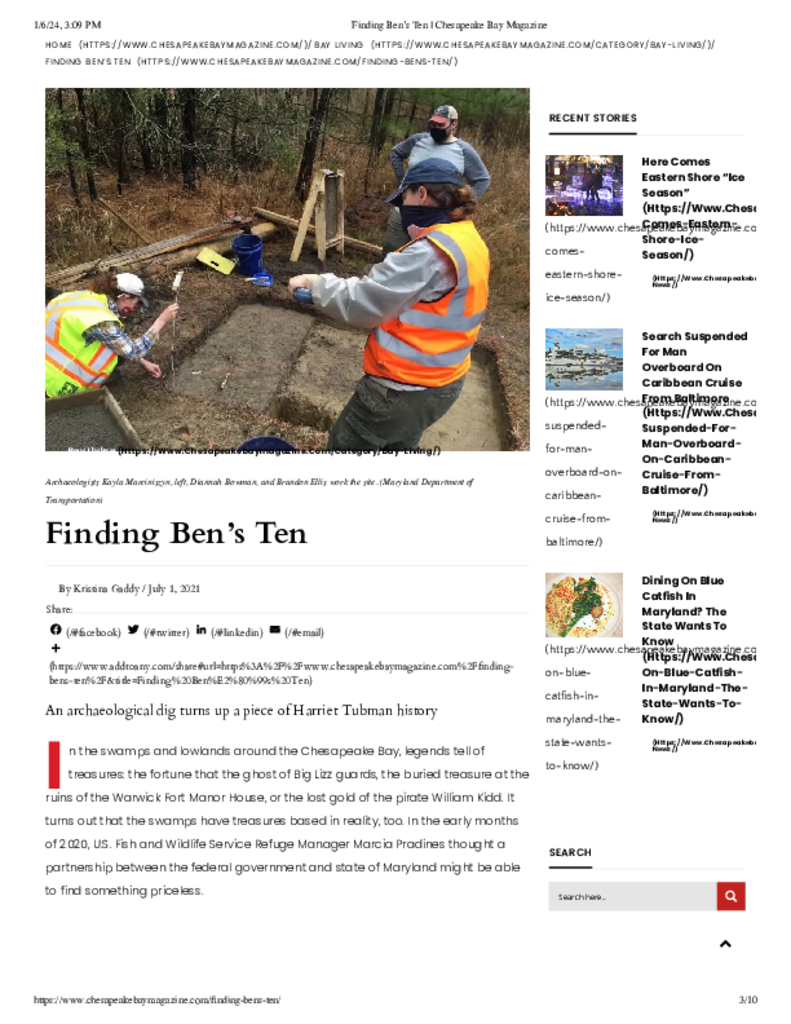

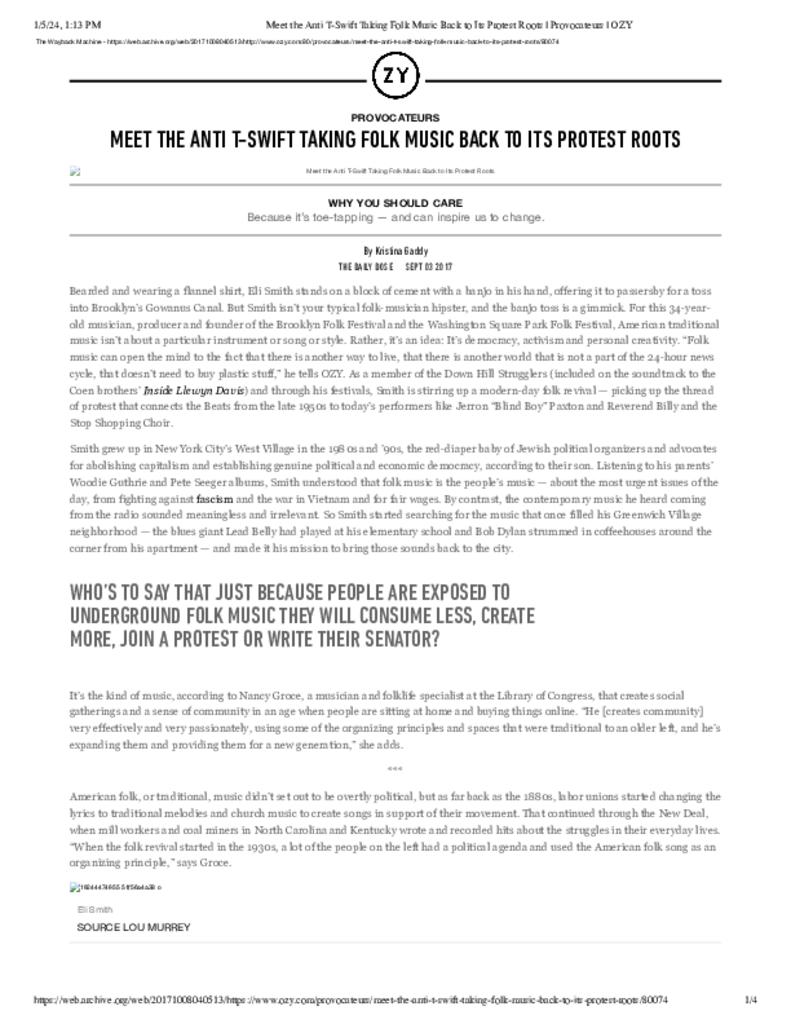

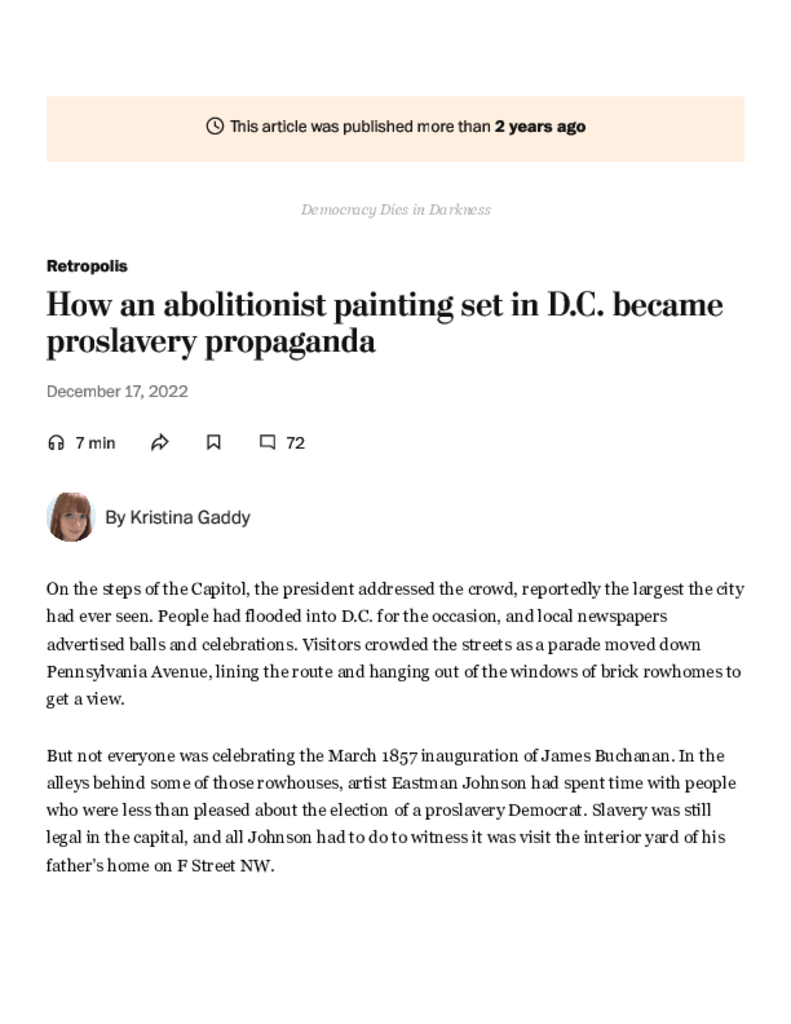
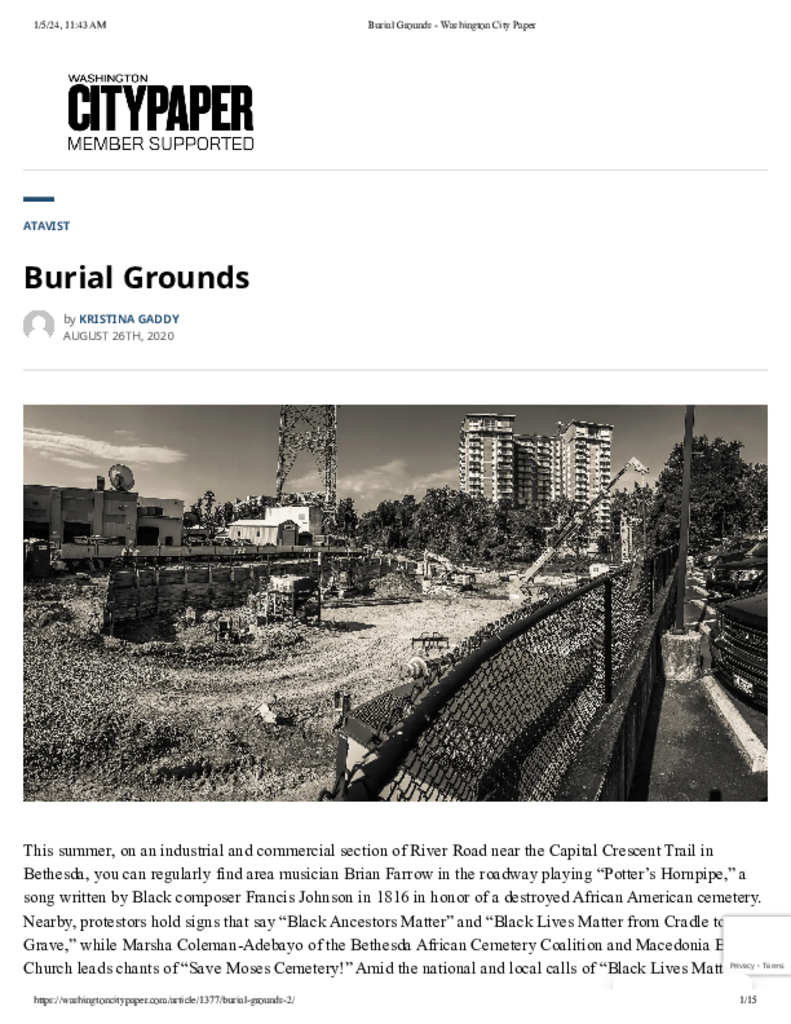

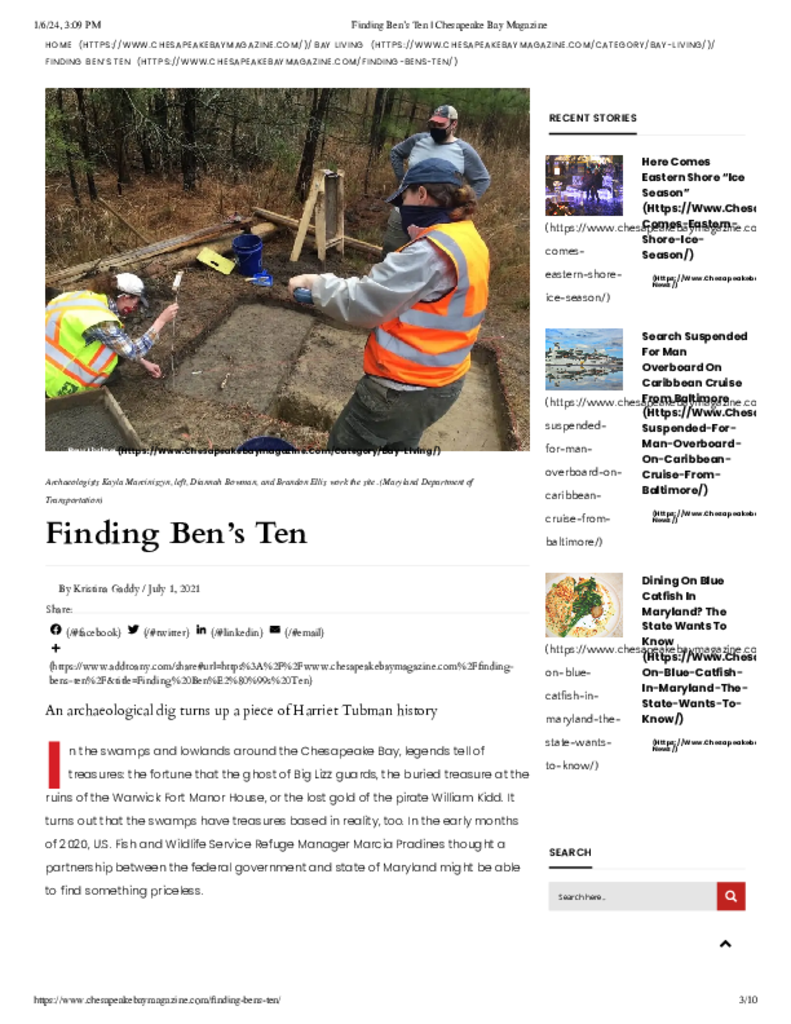



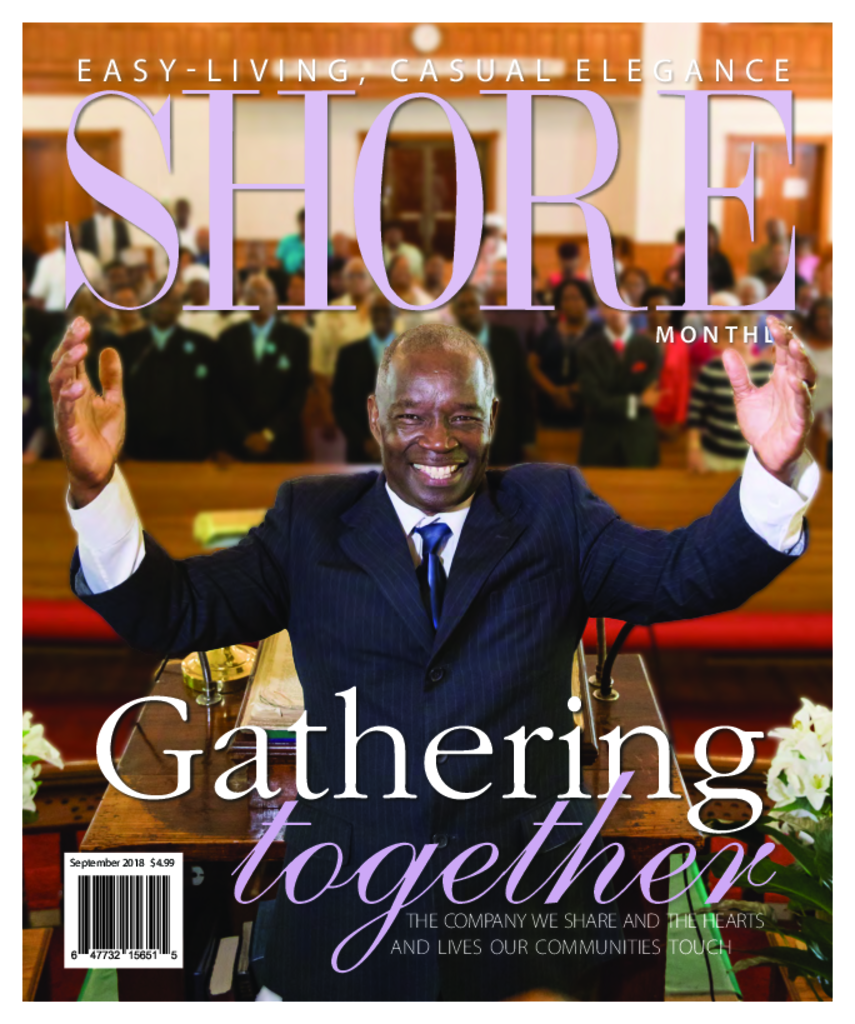

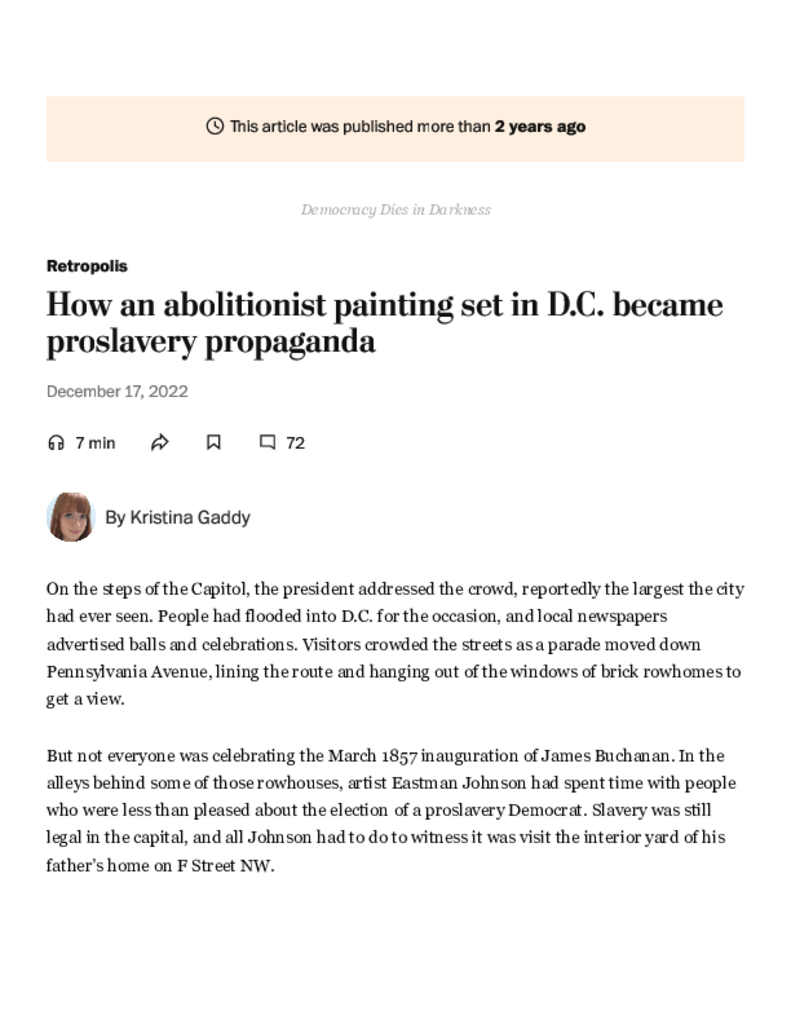

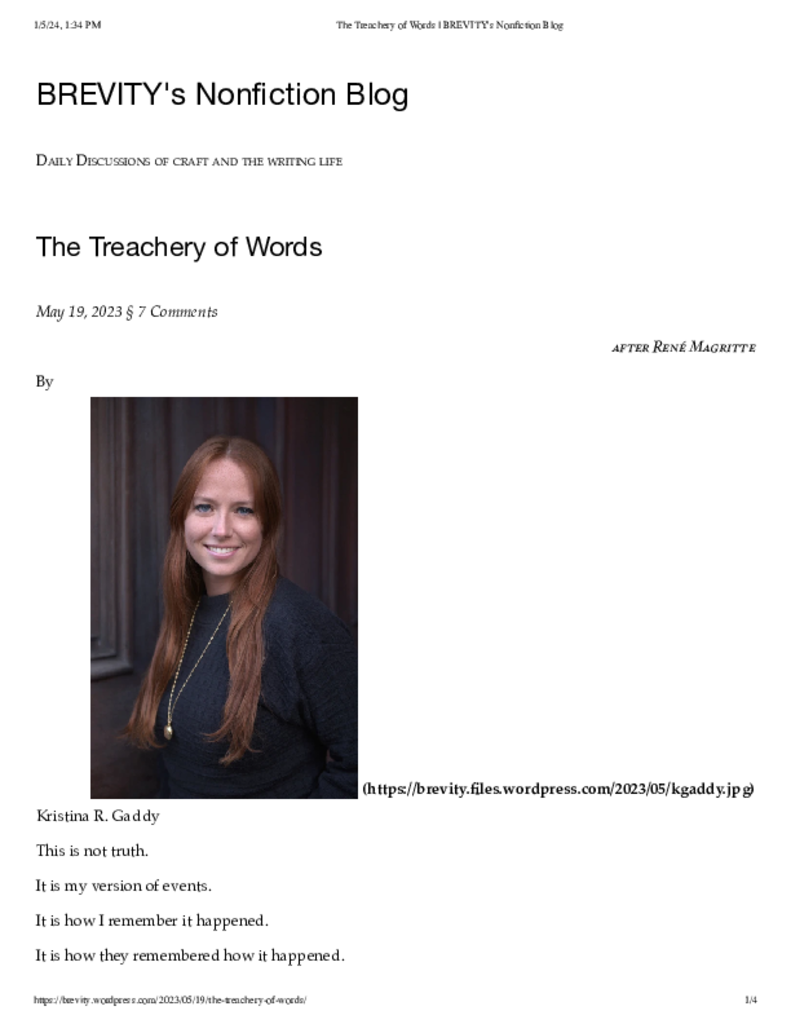
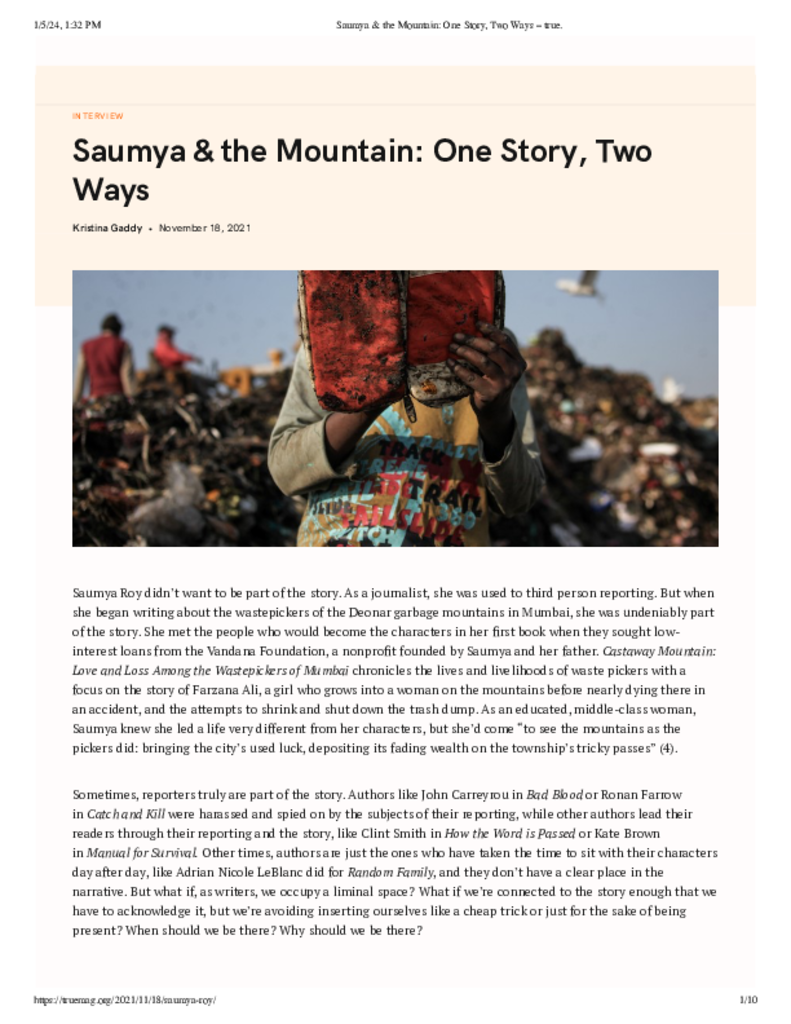
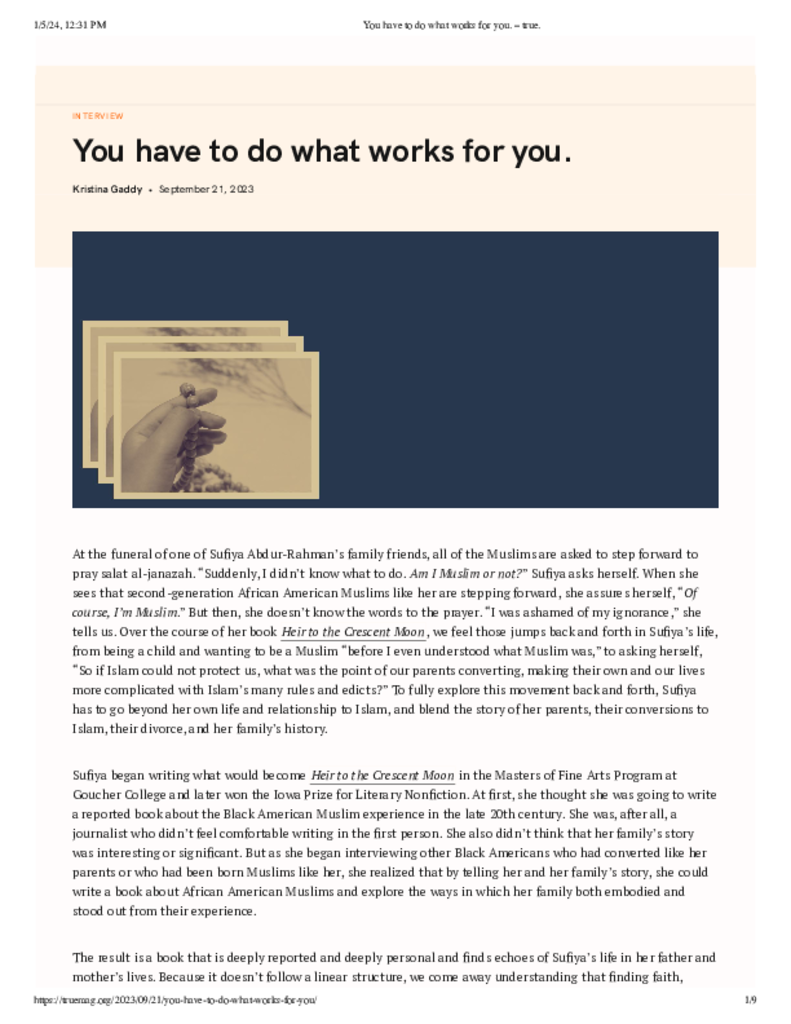
 - ASSAY_ A JOURNAL OF NONFICTION STUDIES.png)



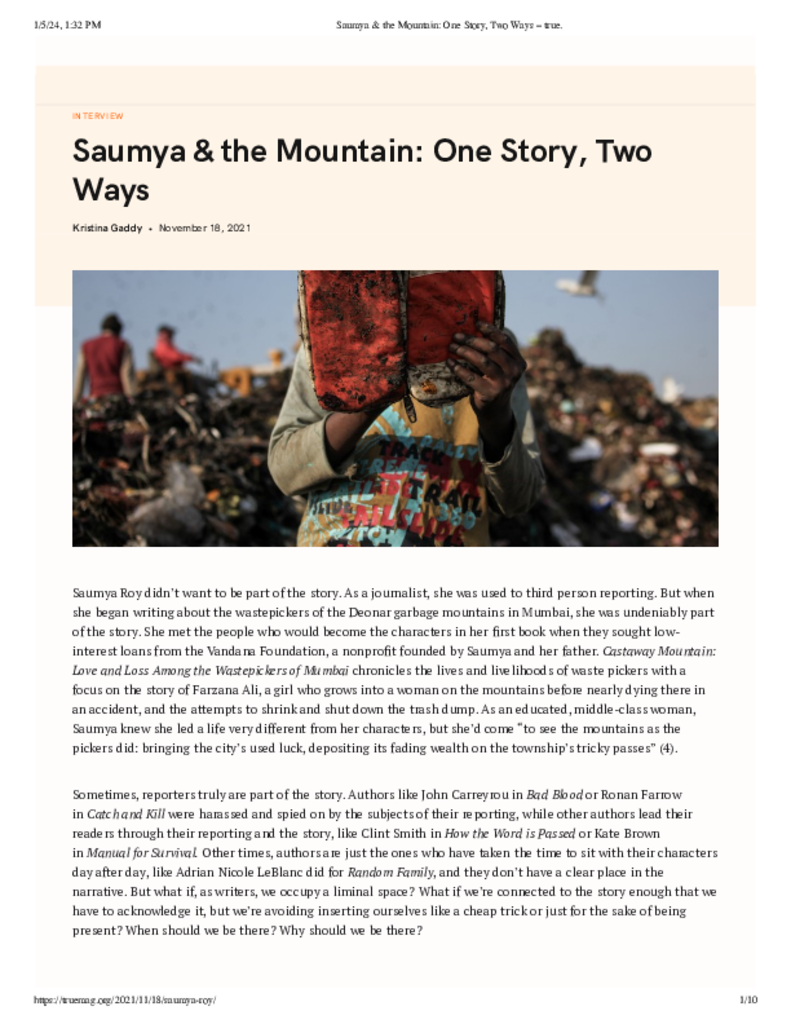
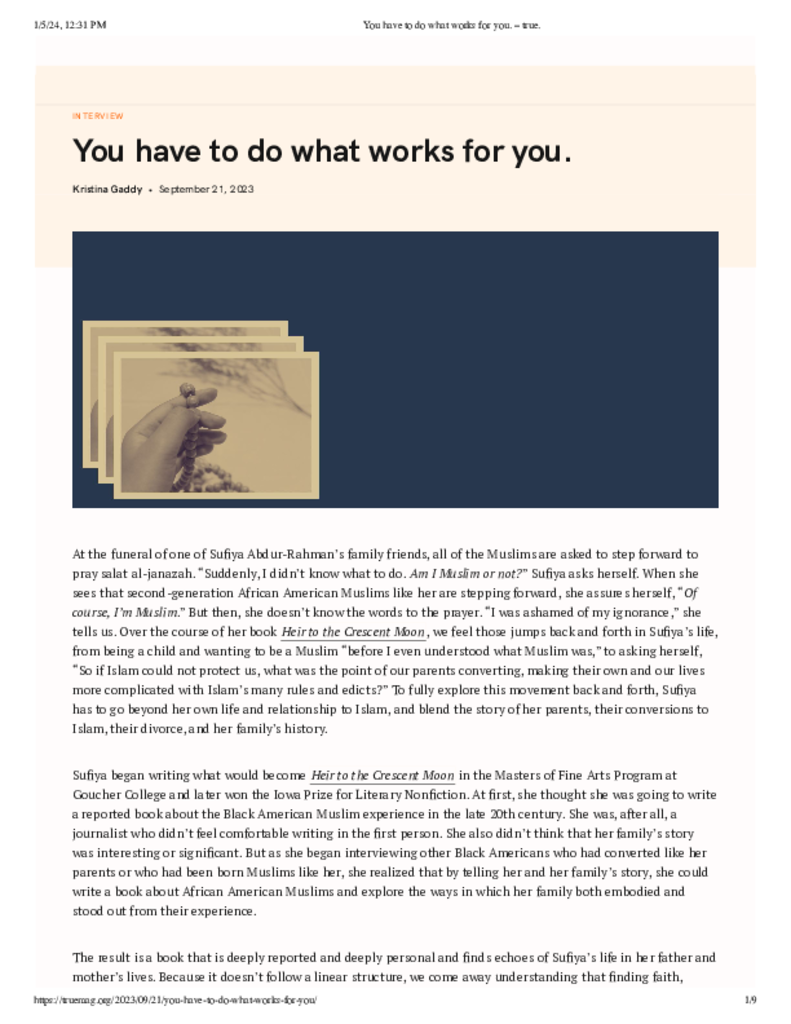
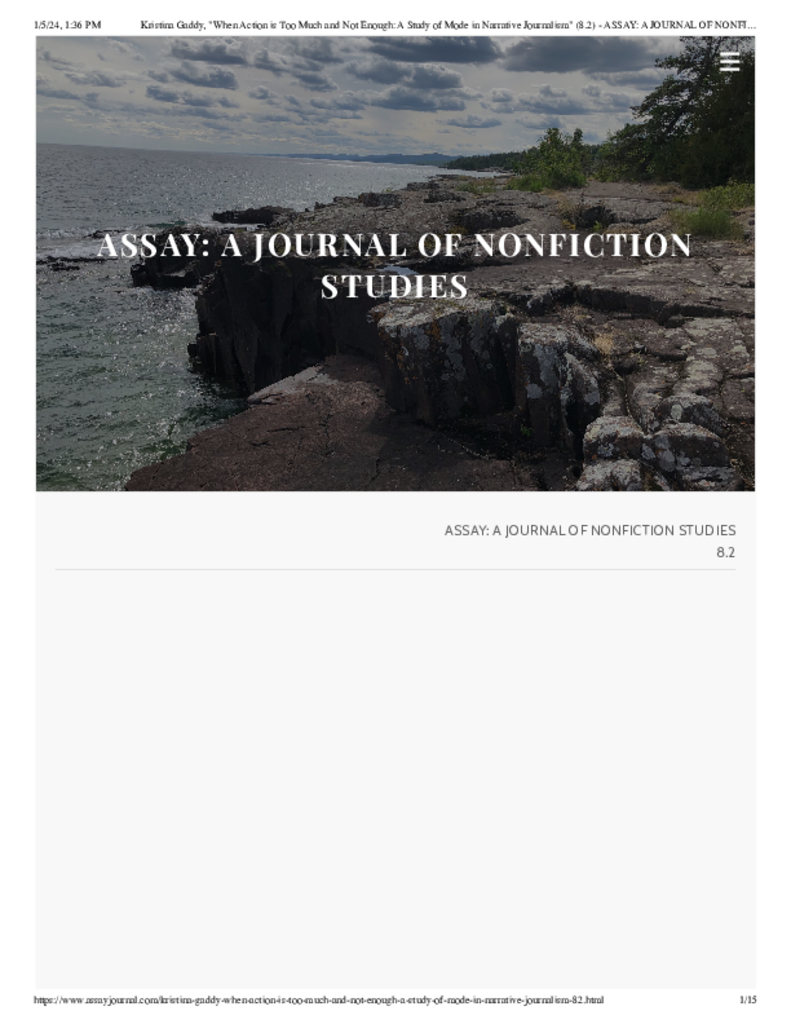
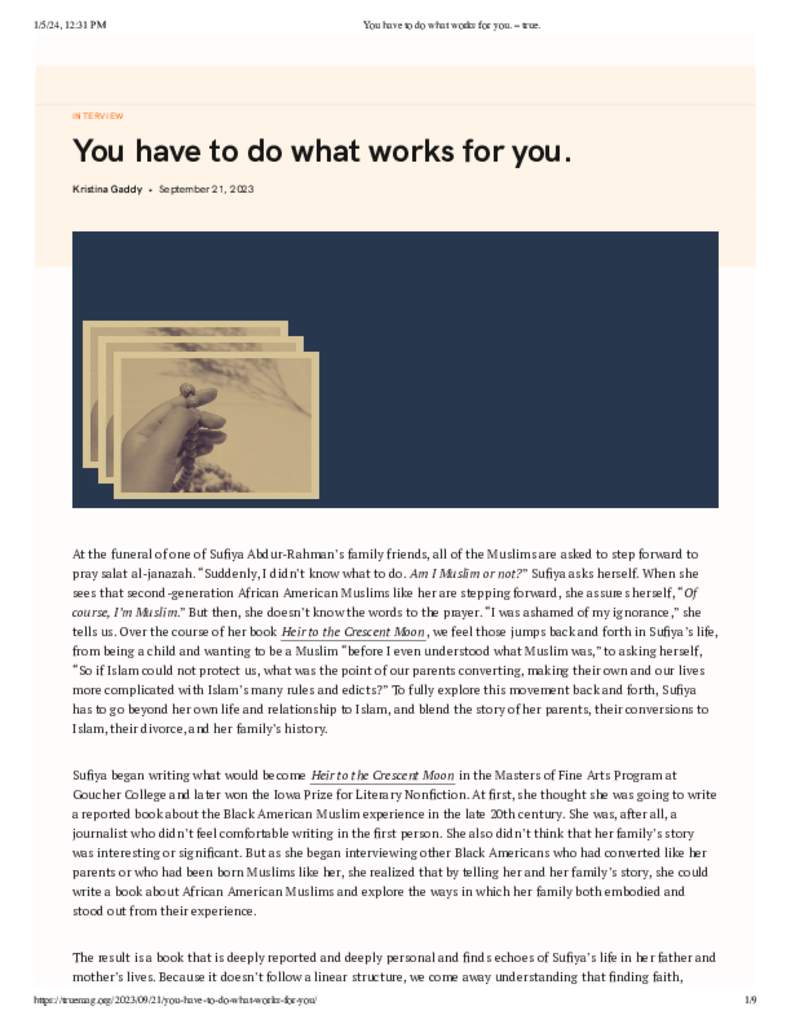
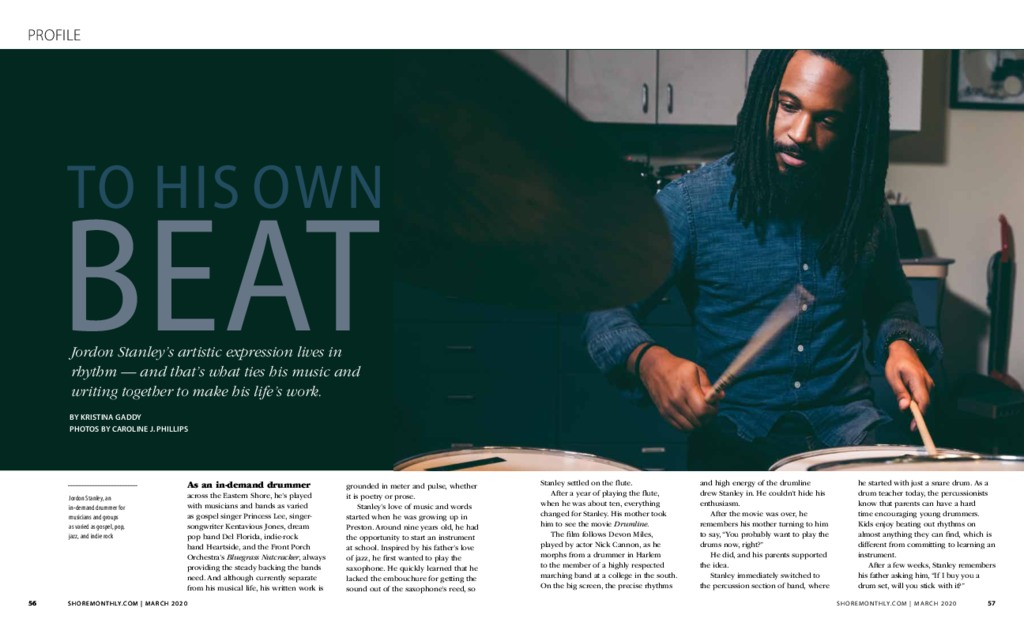
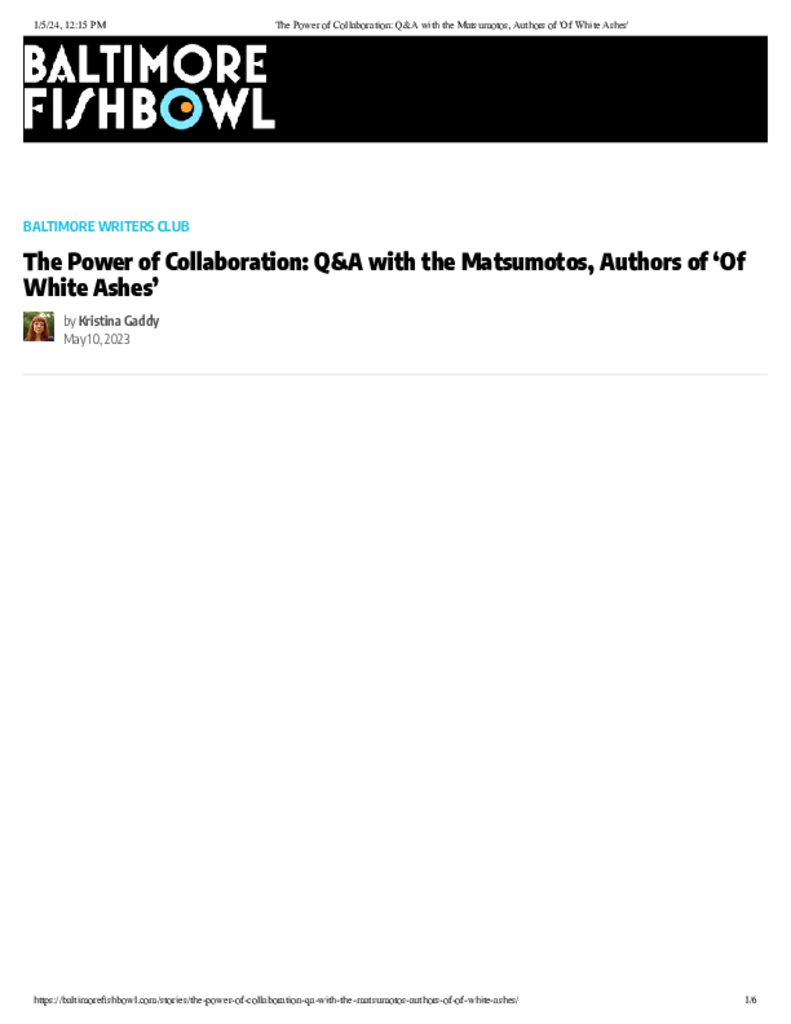
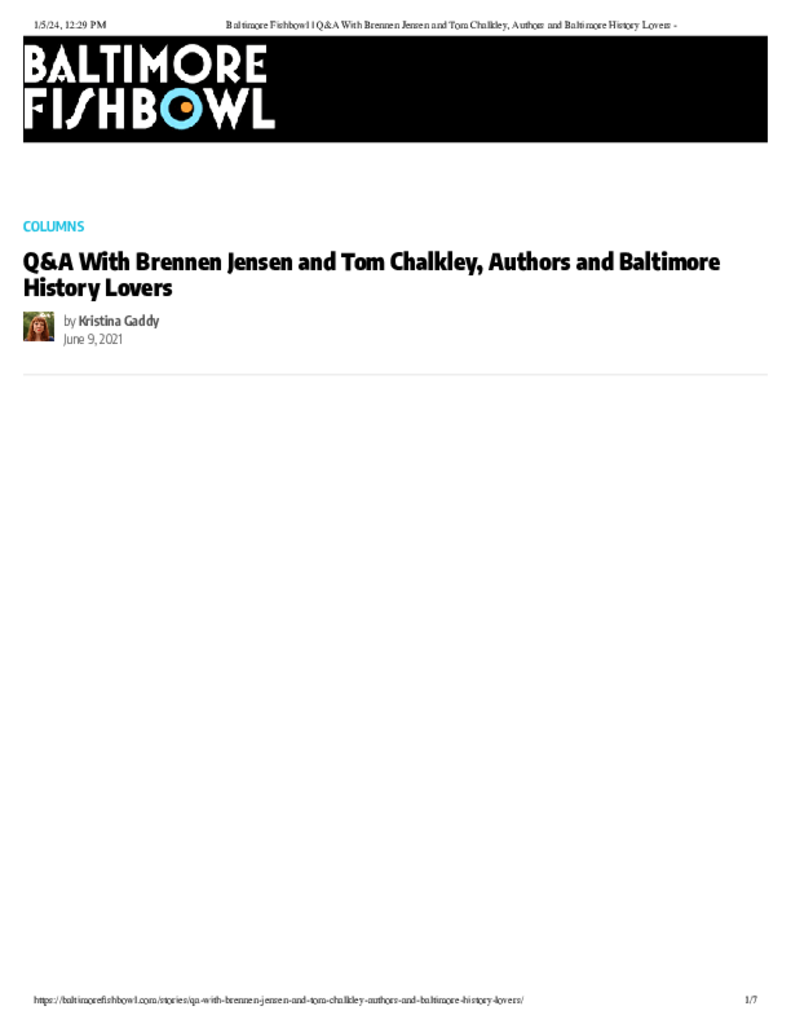
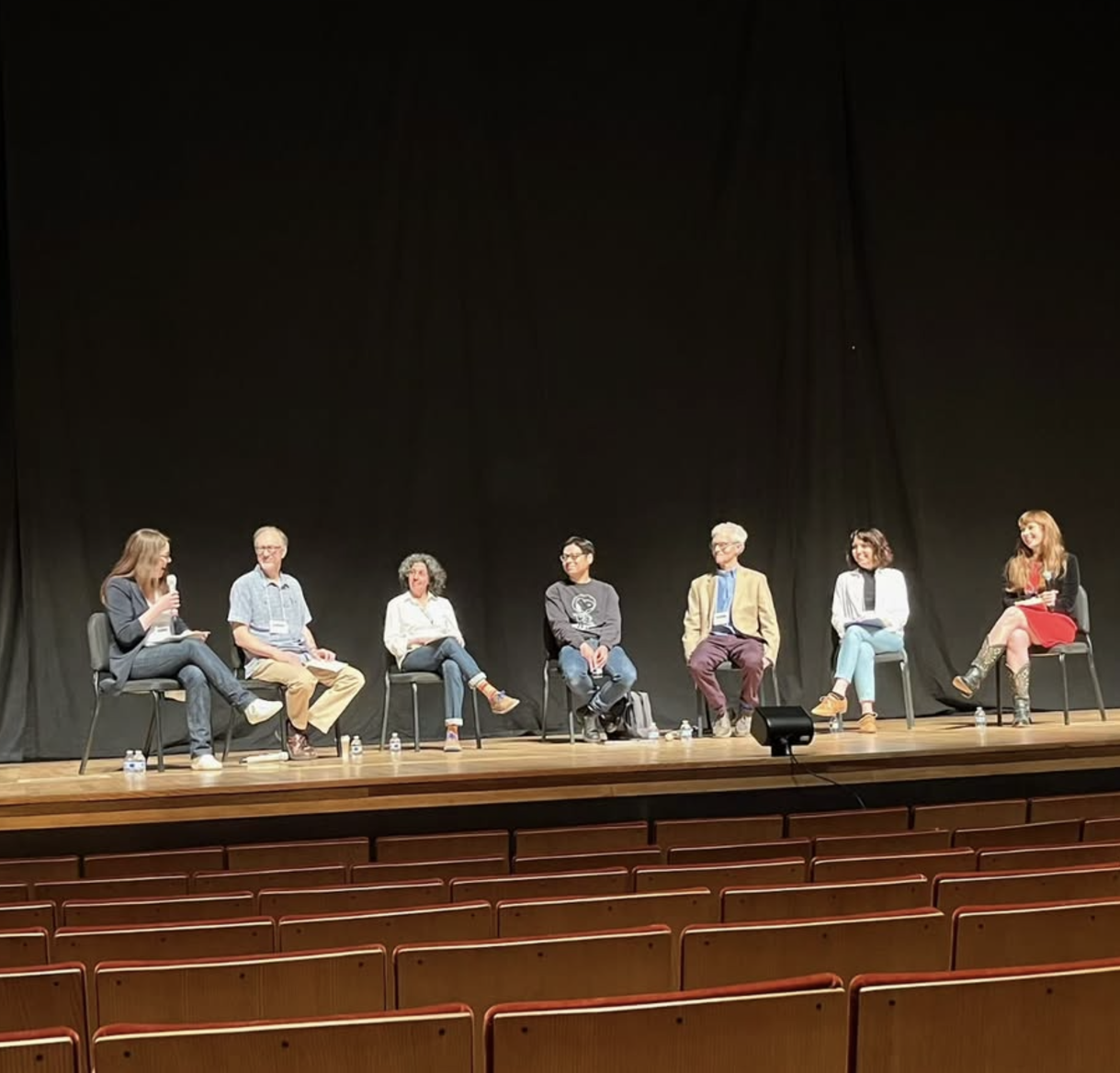
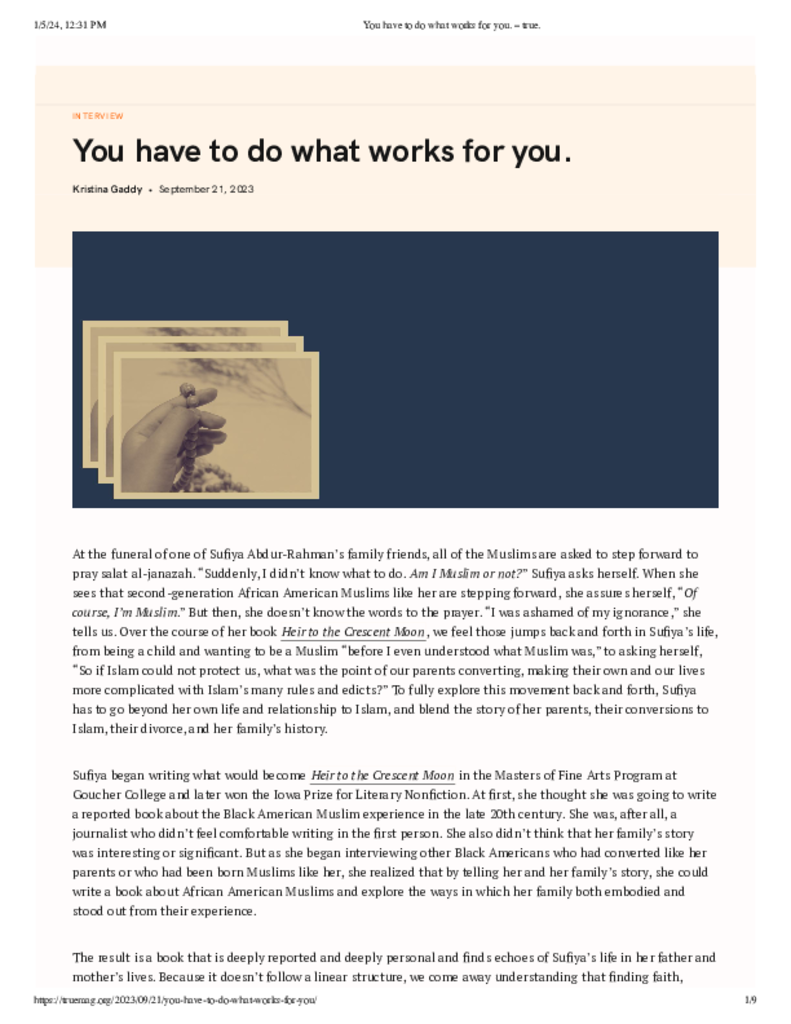
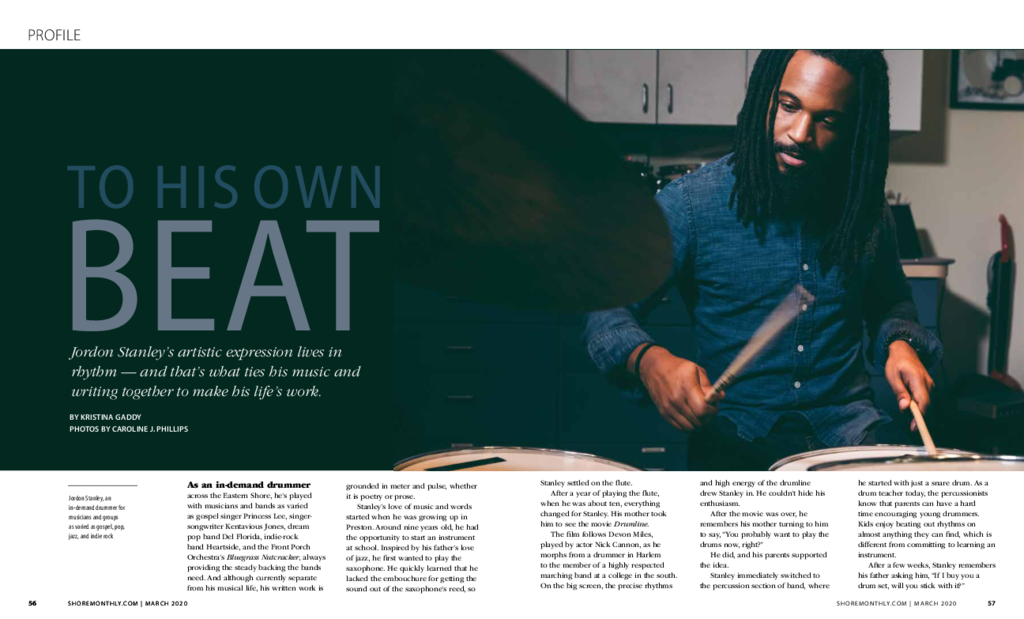





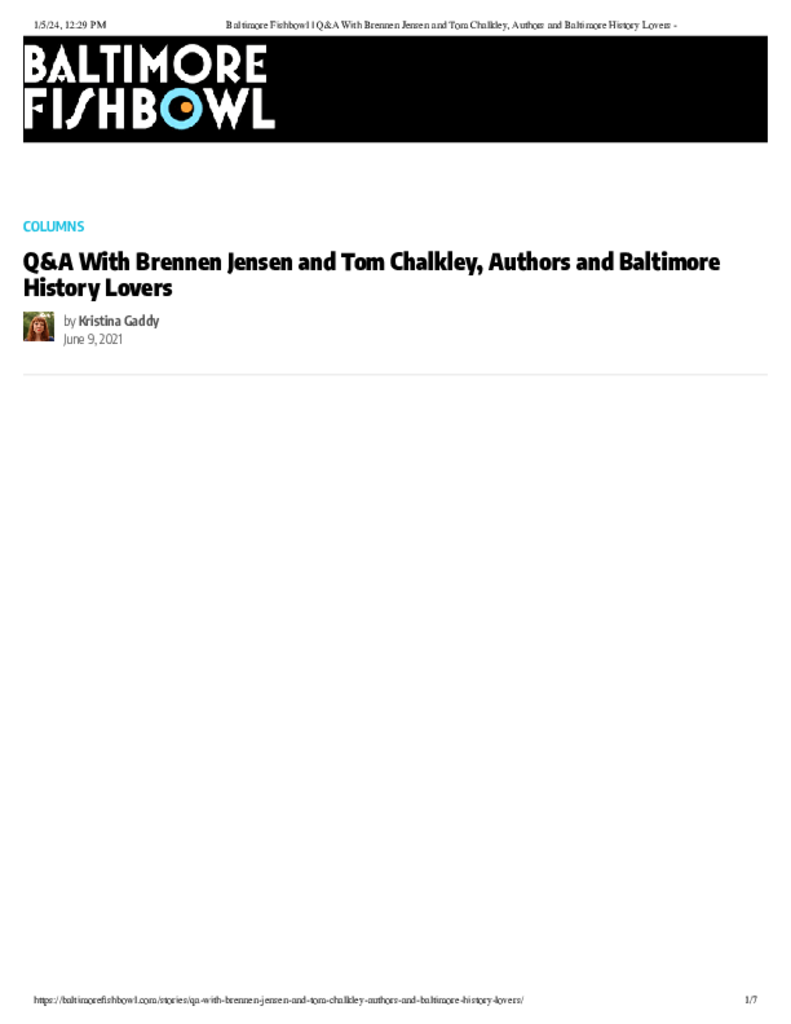
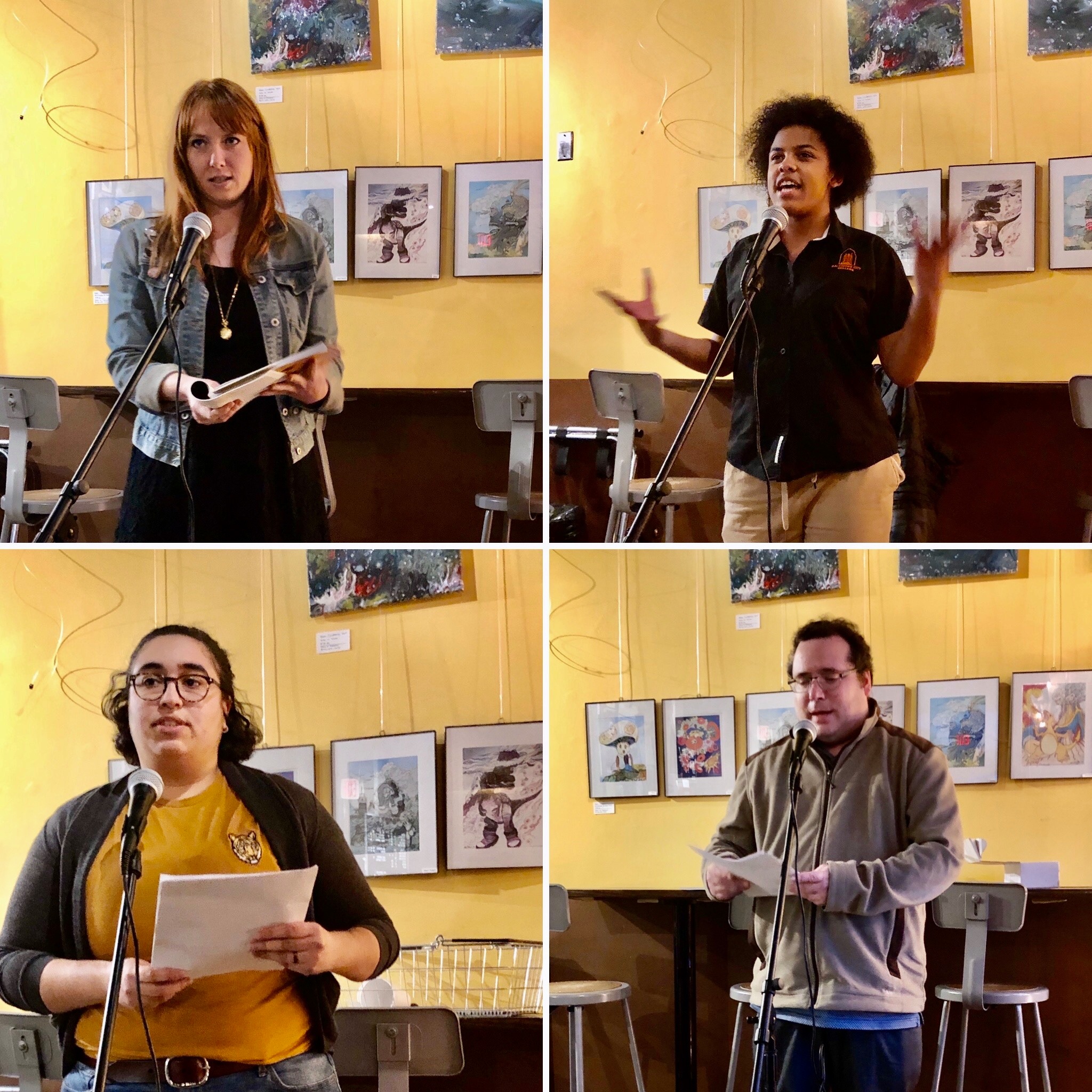
.png)
